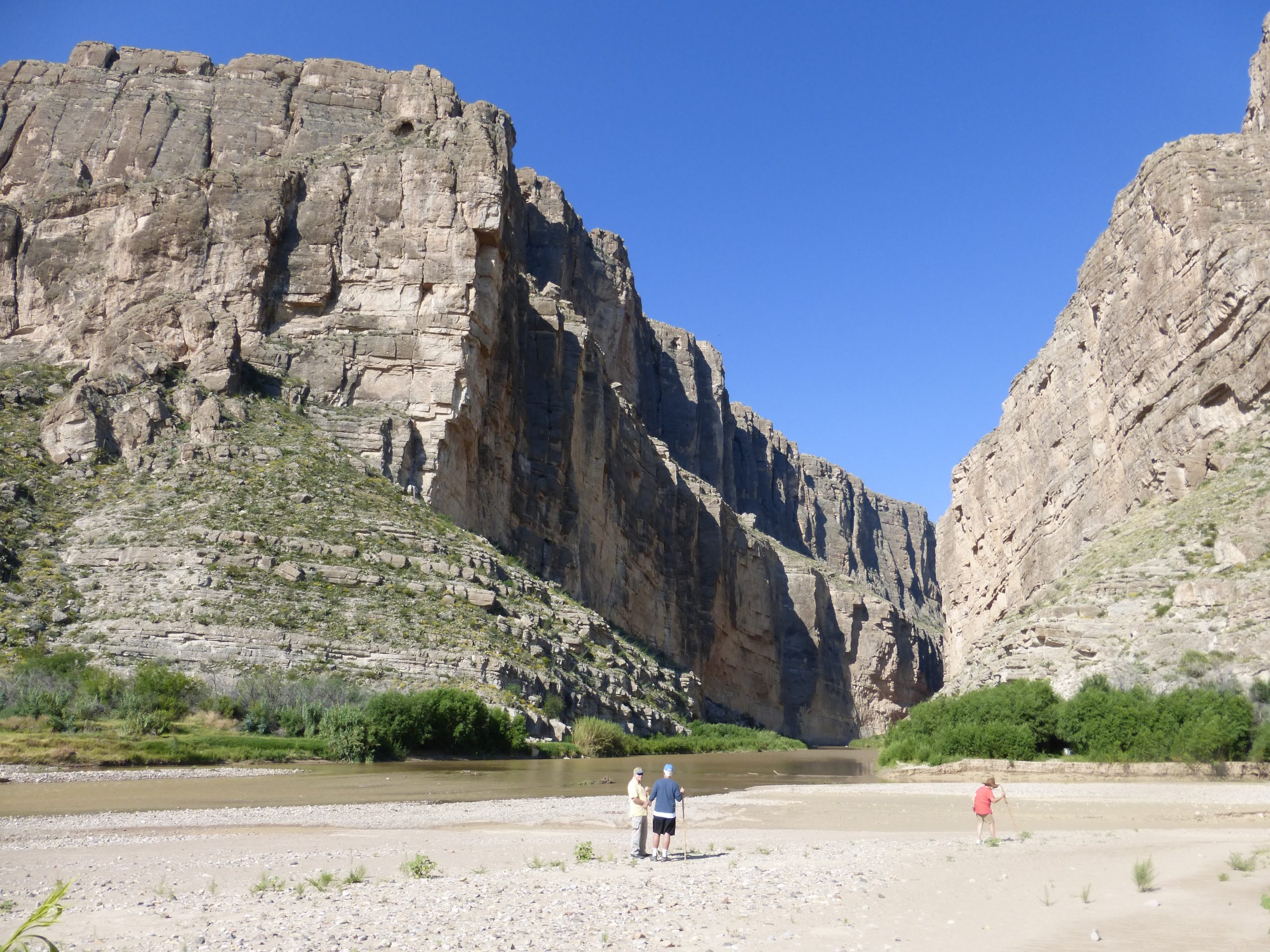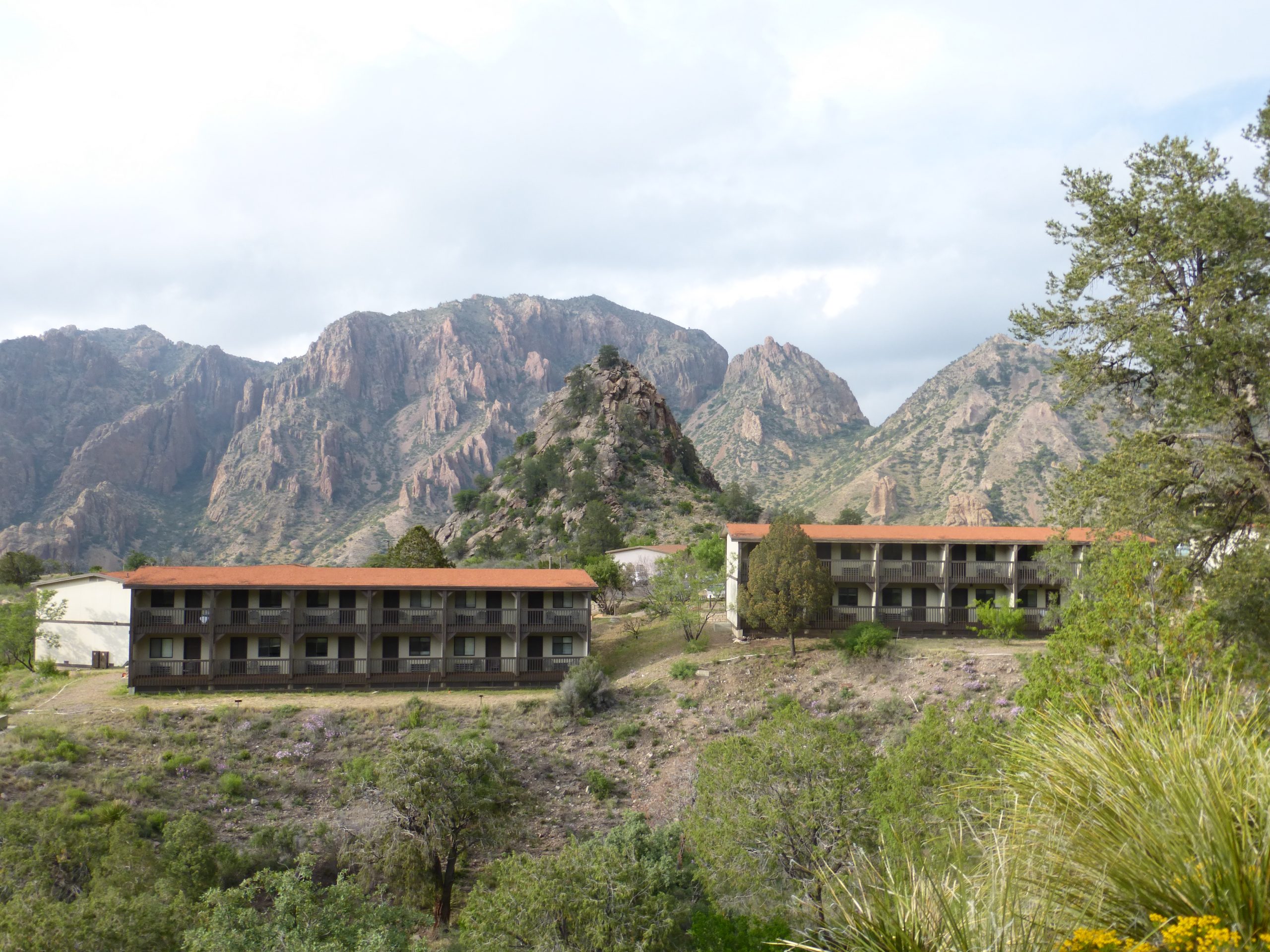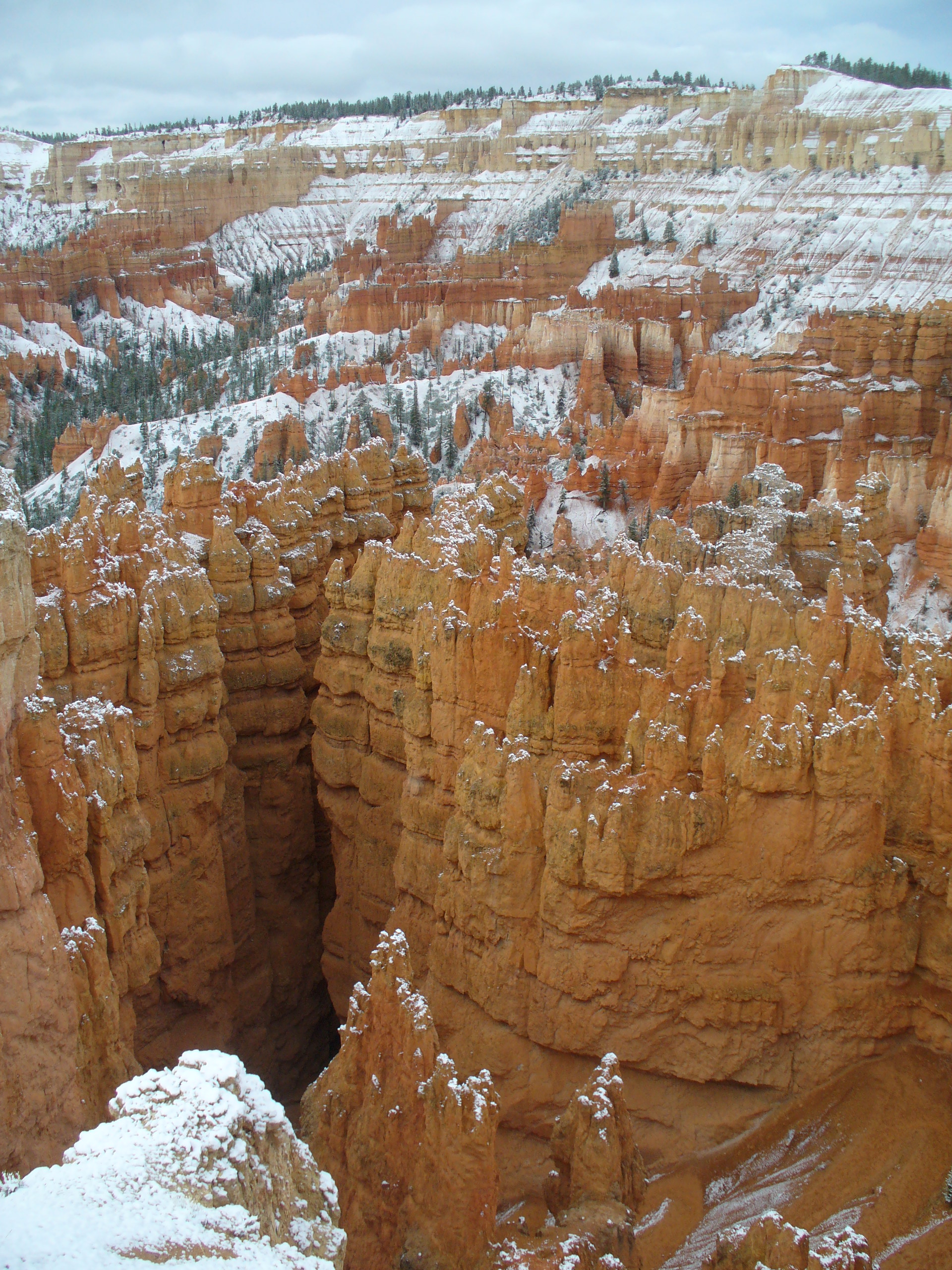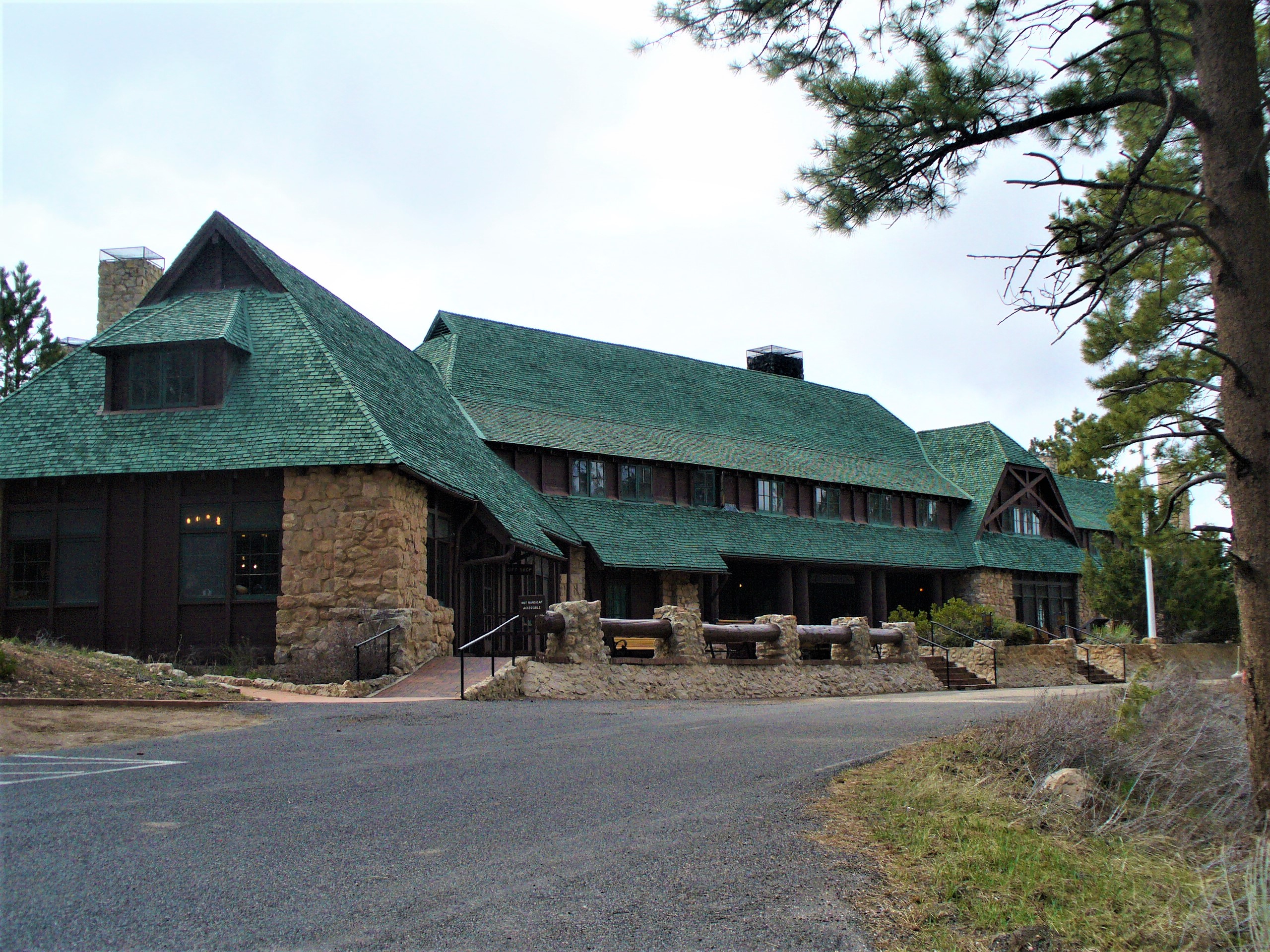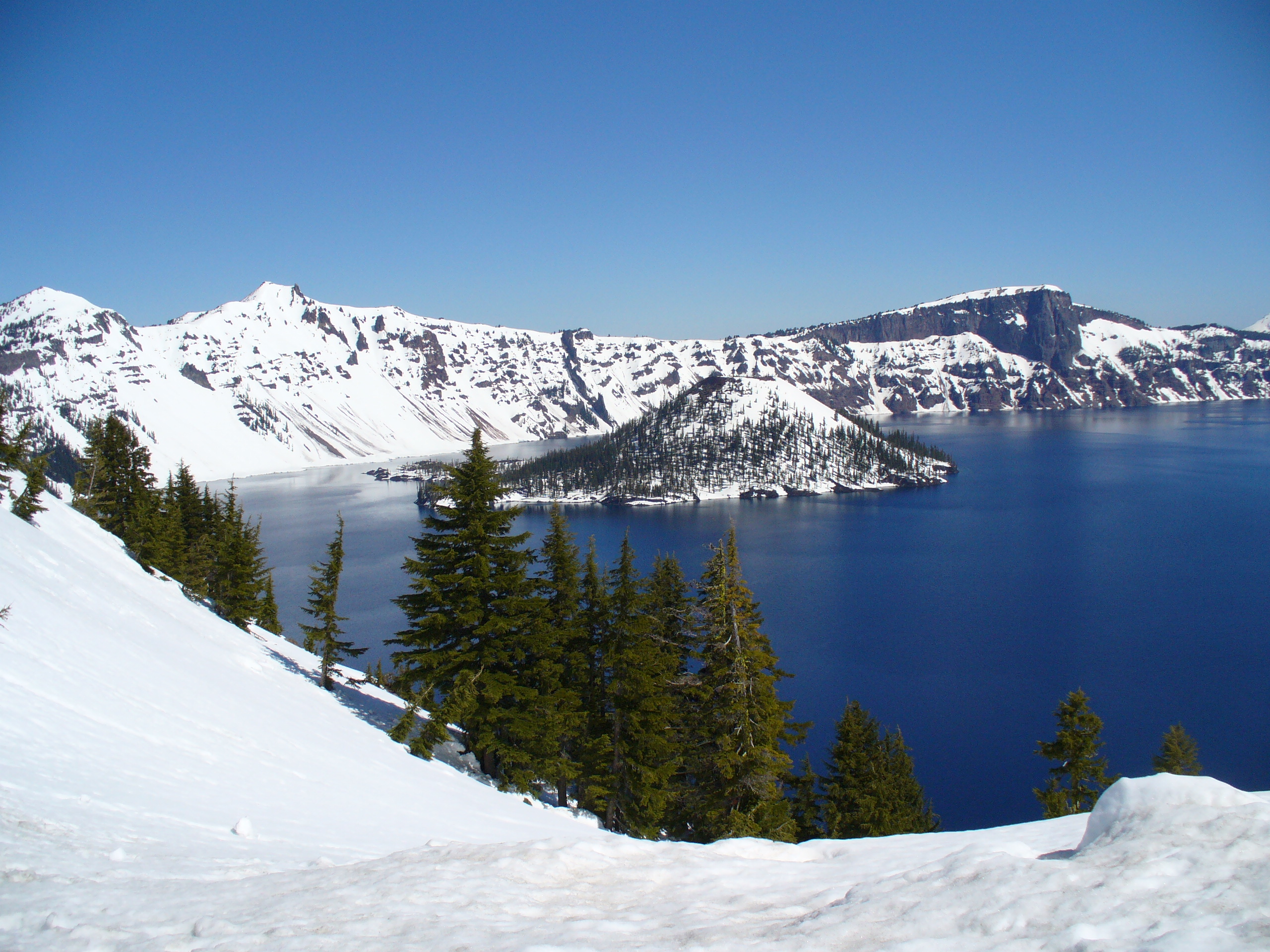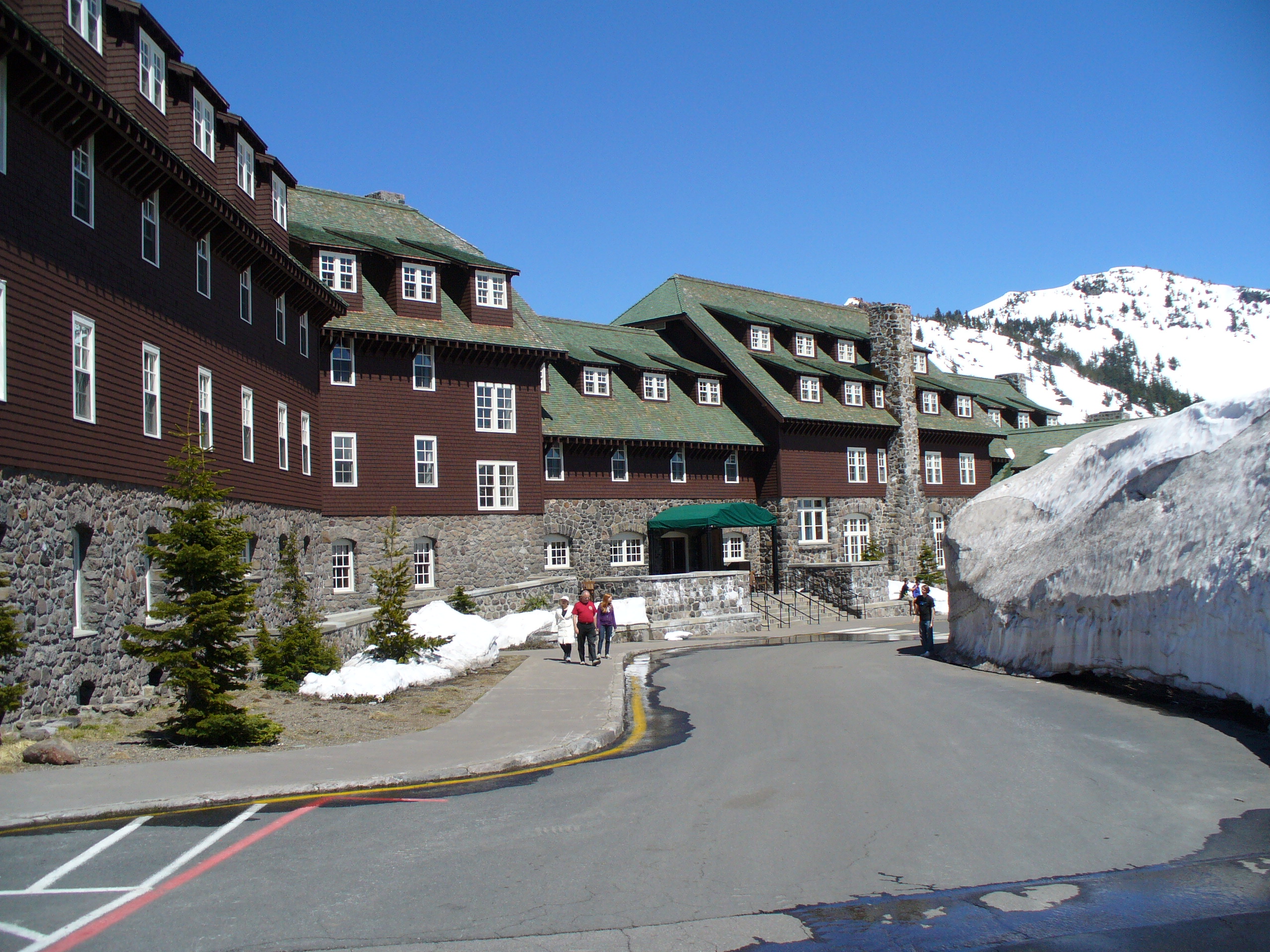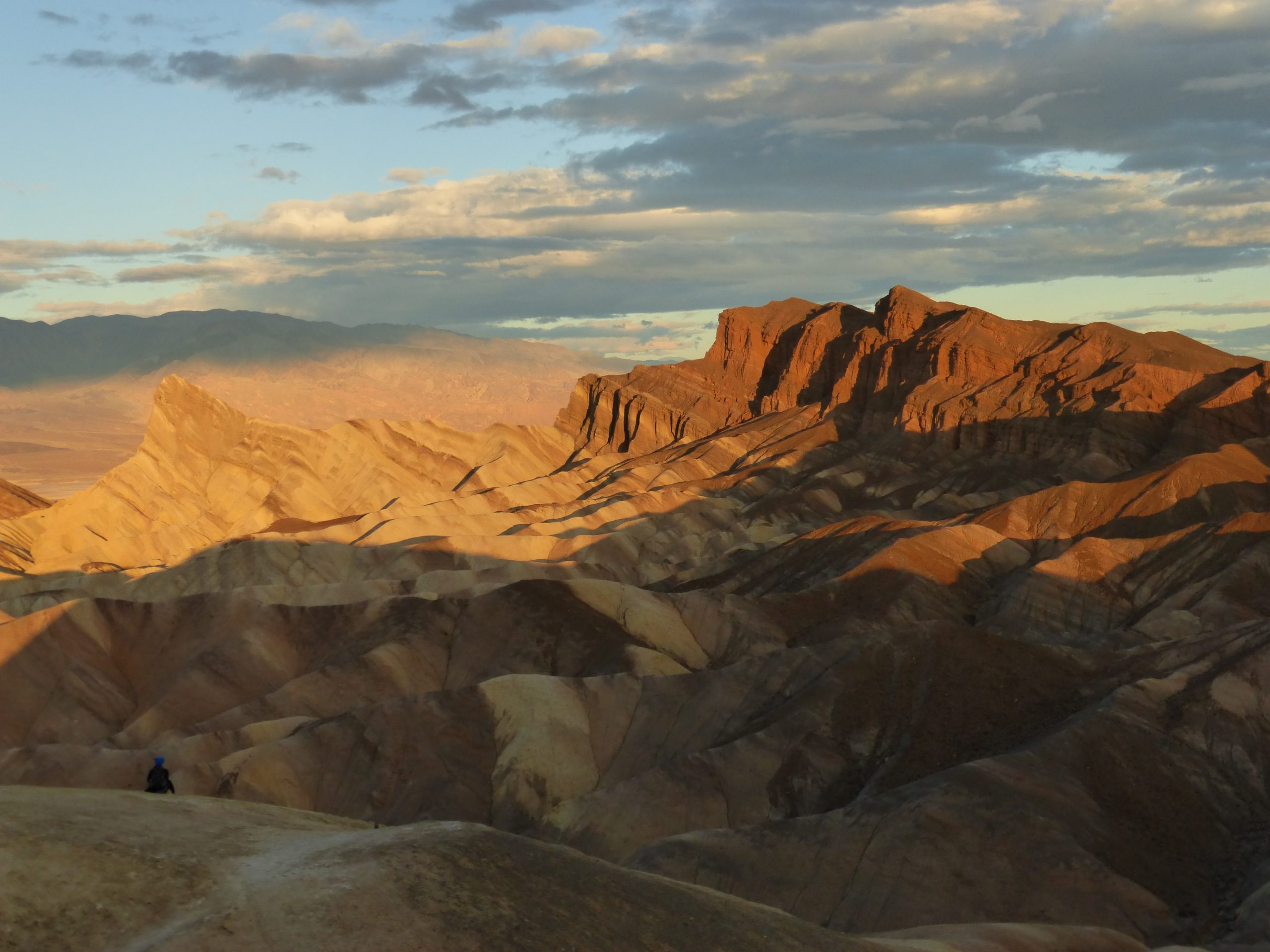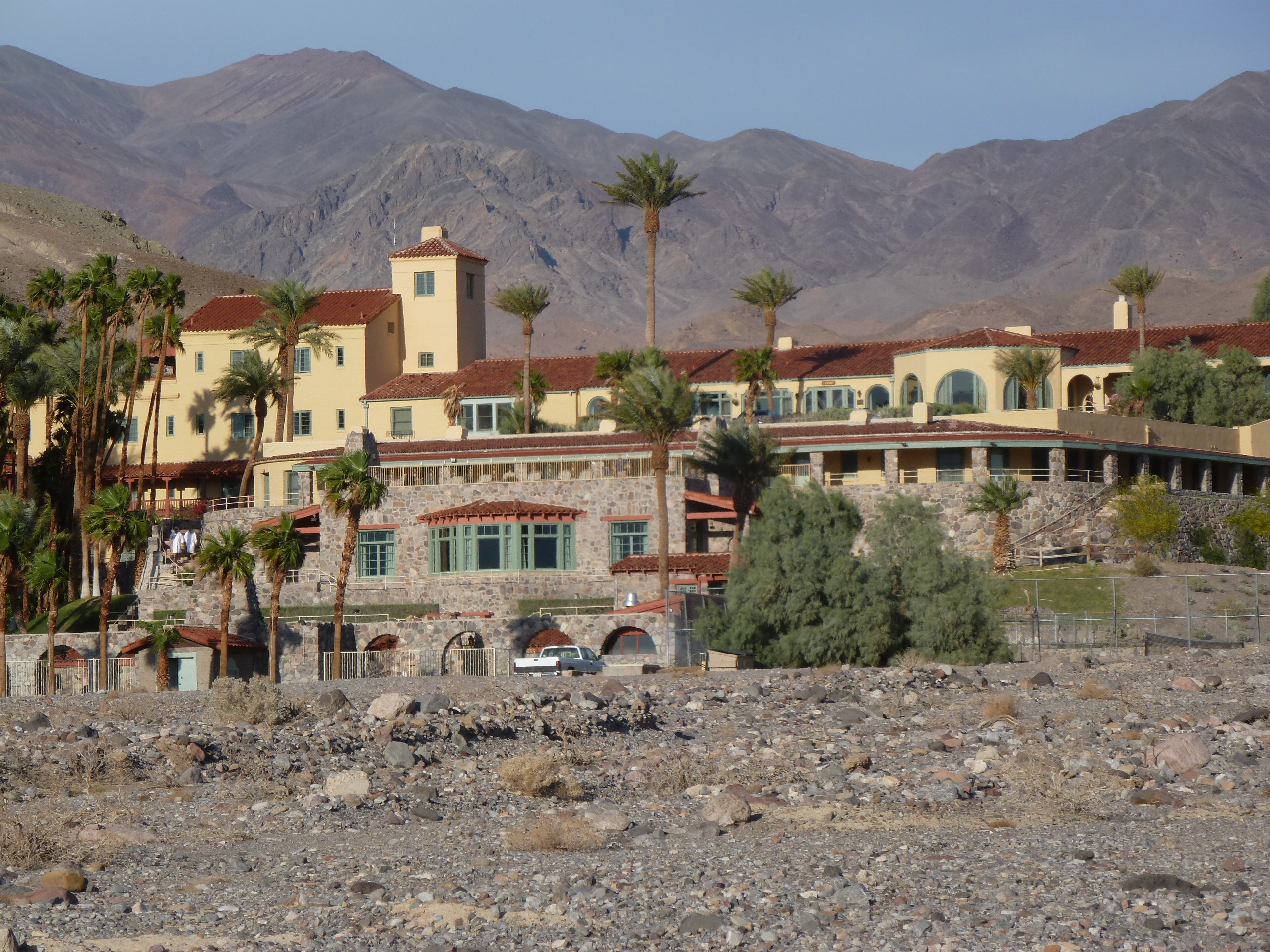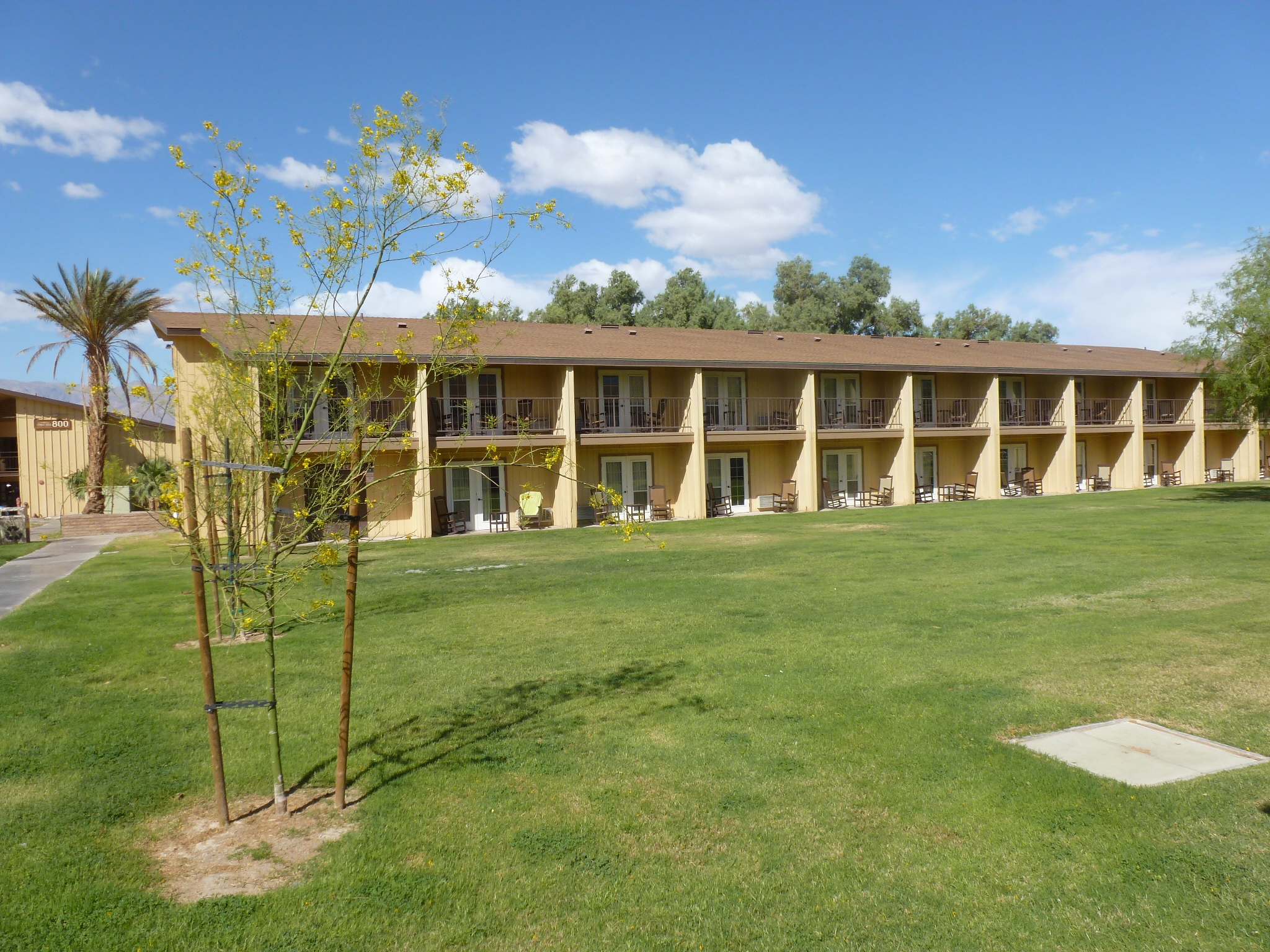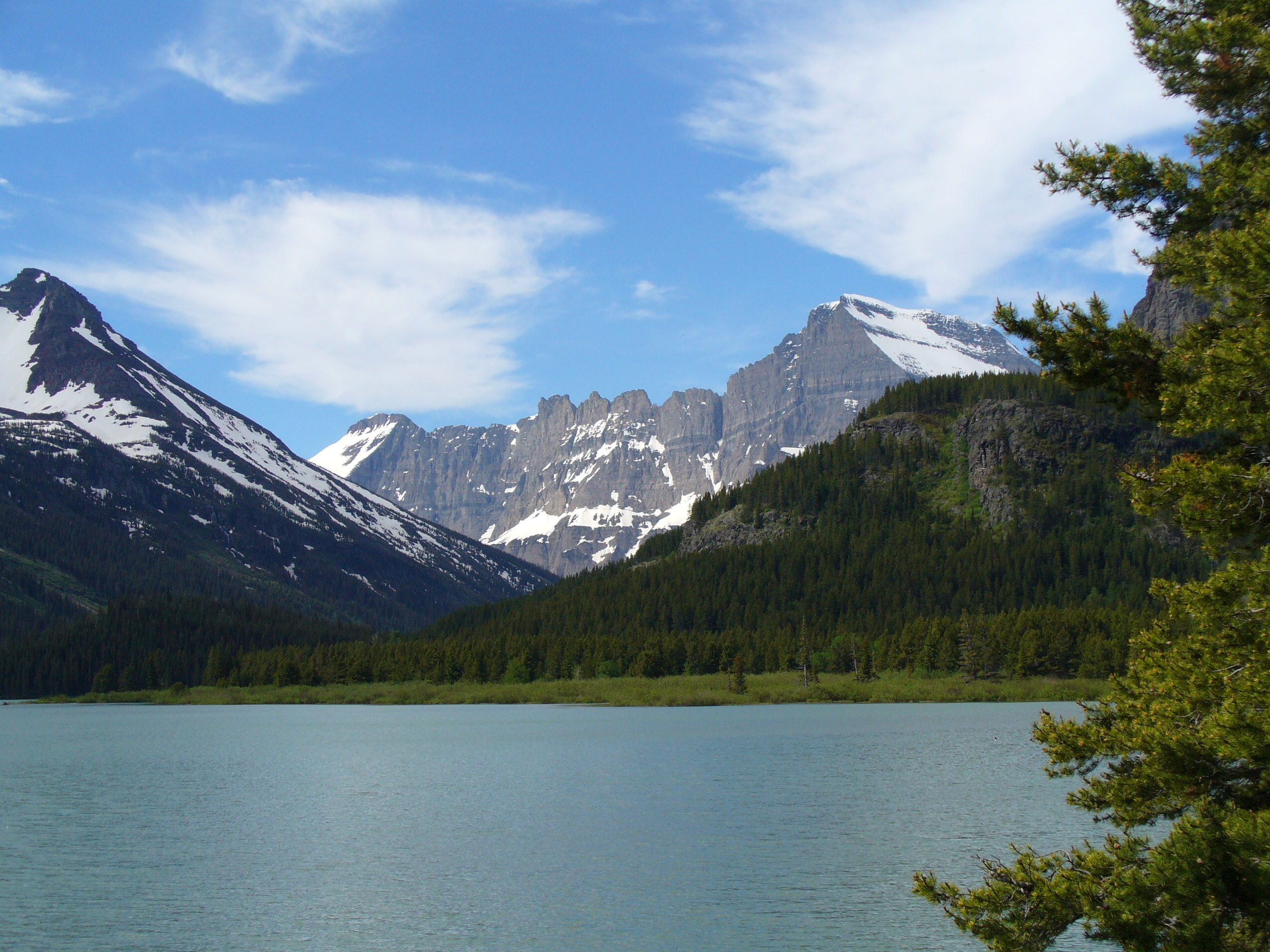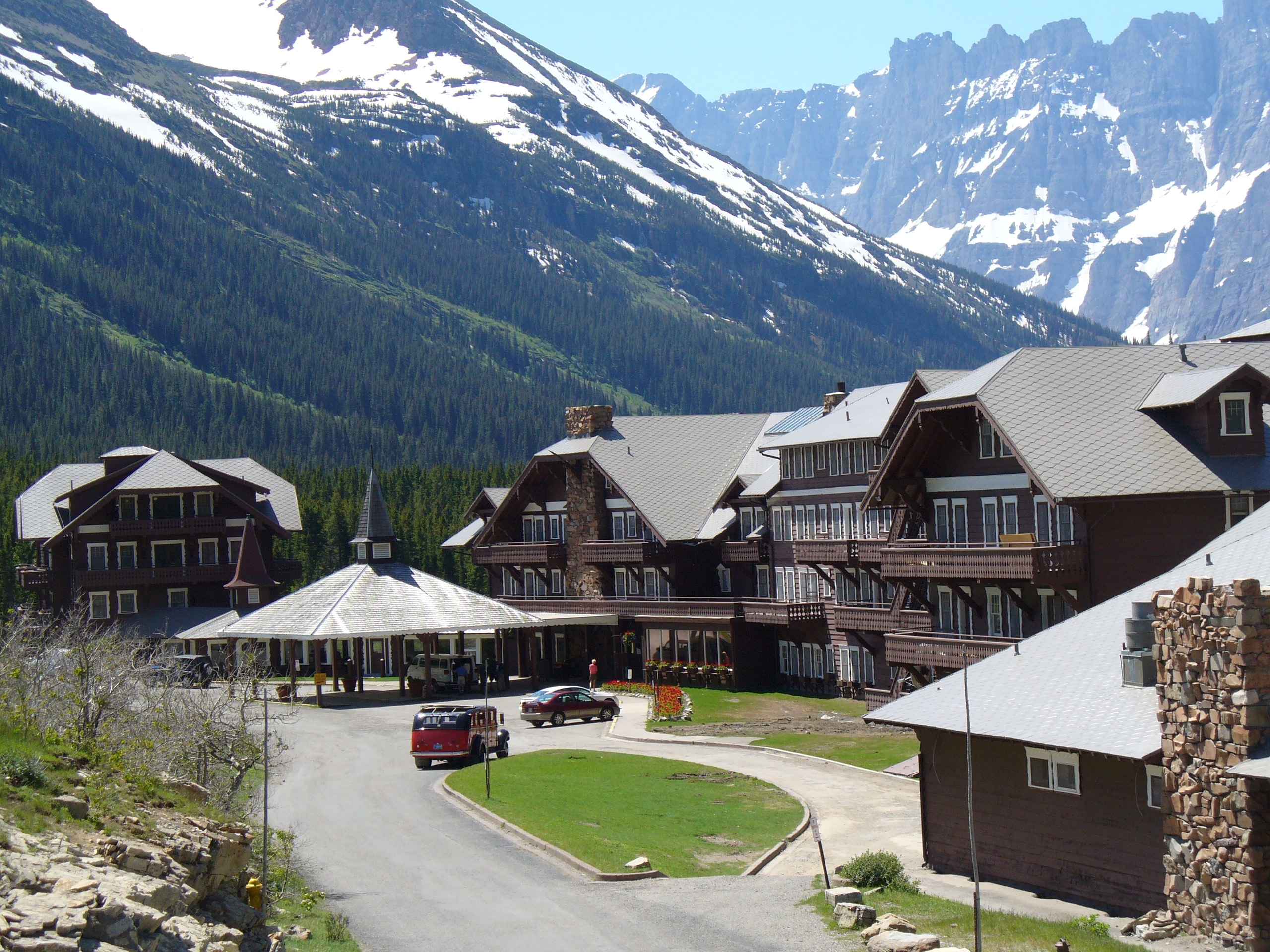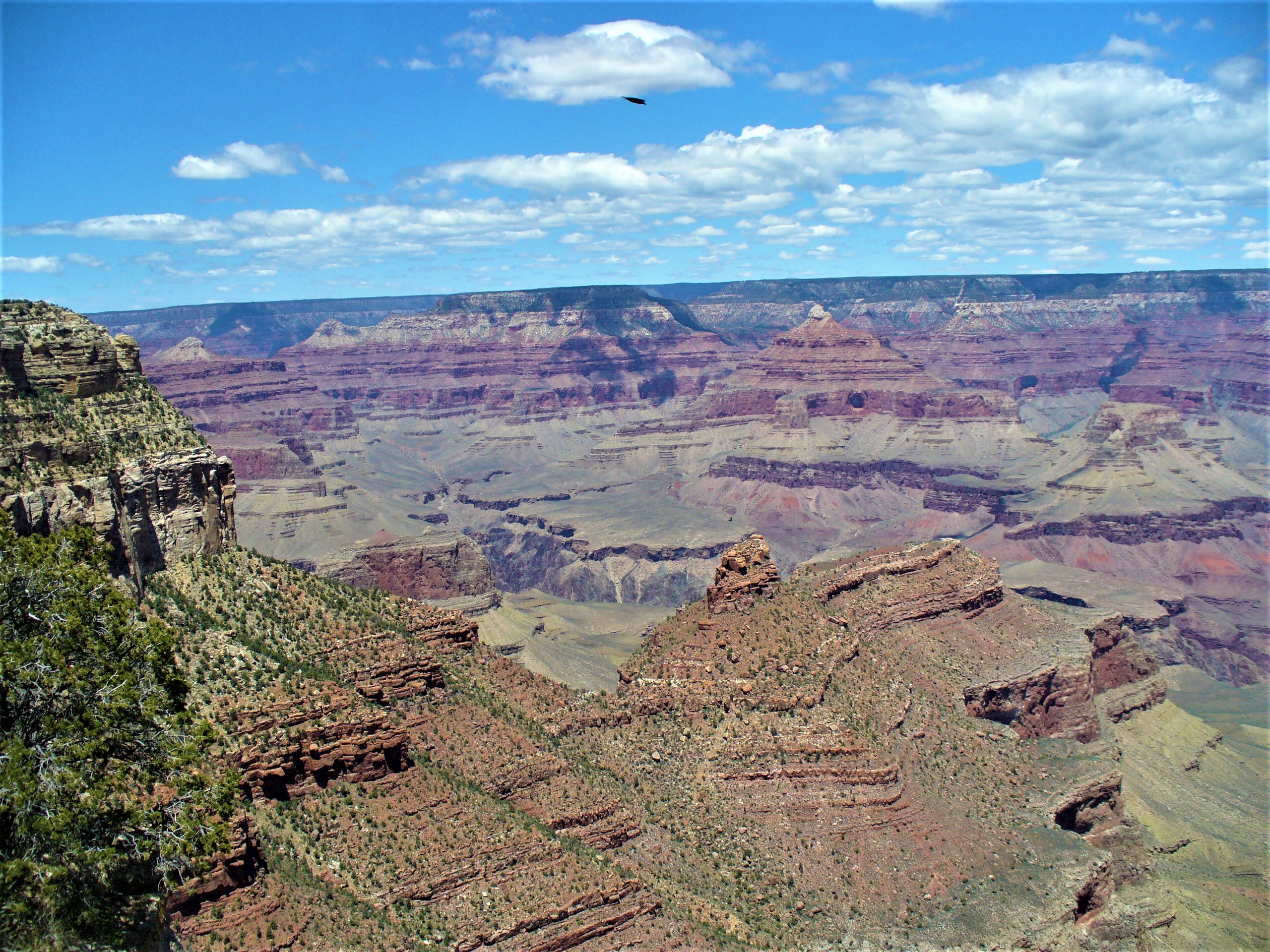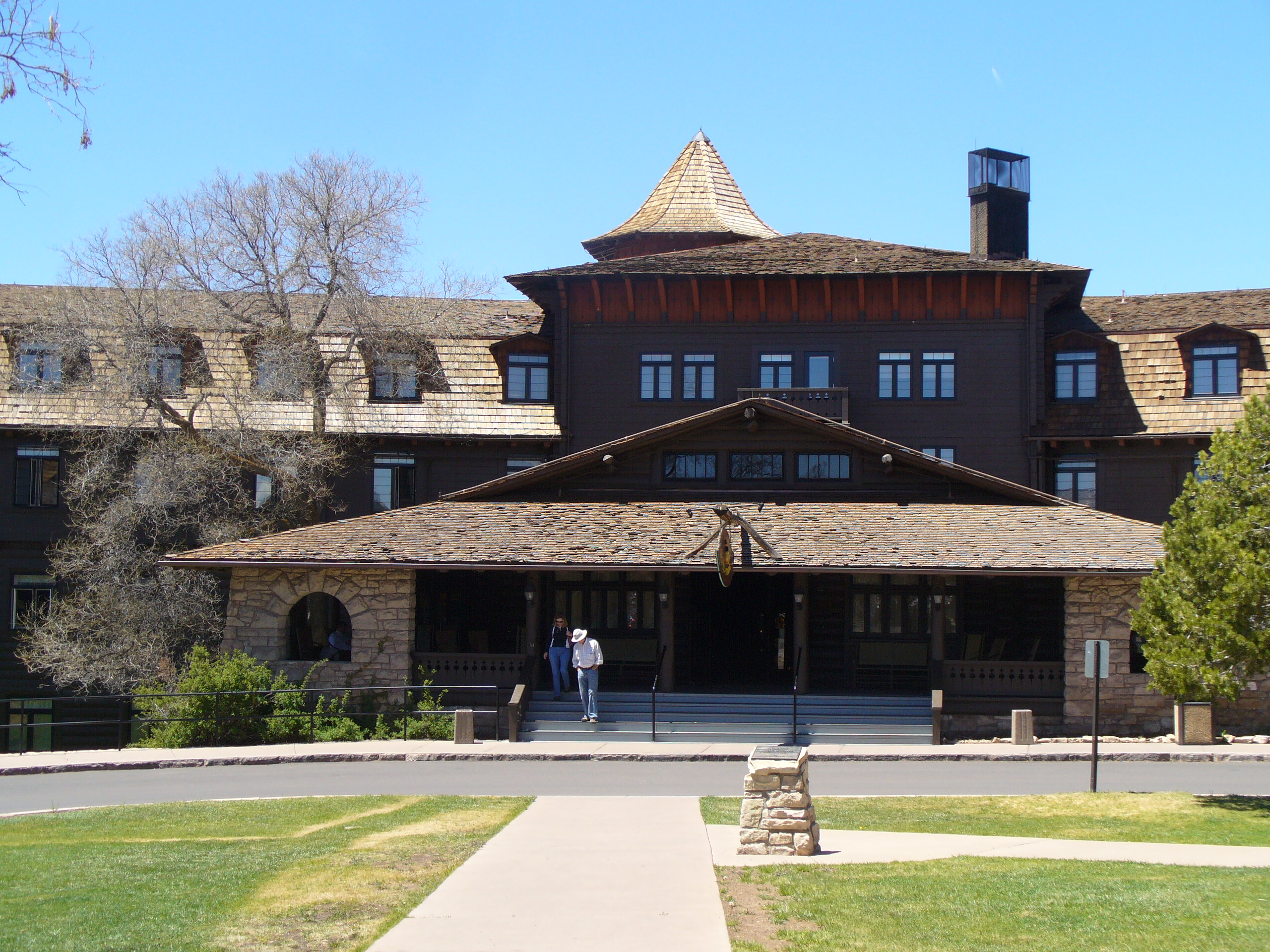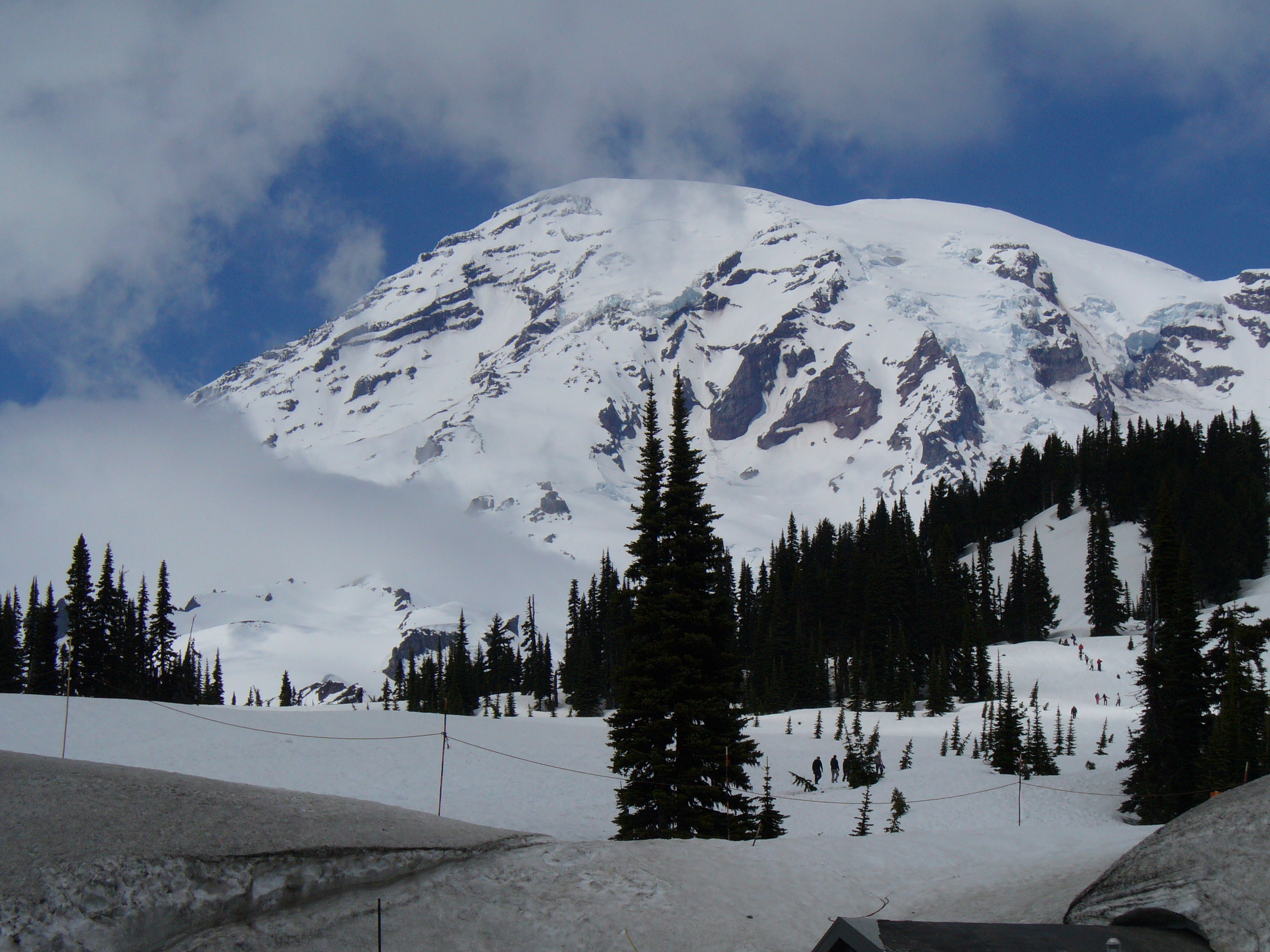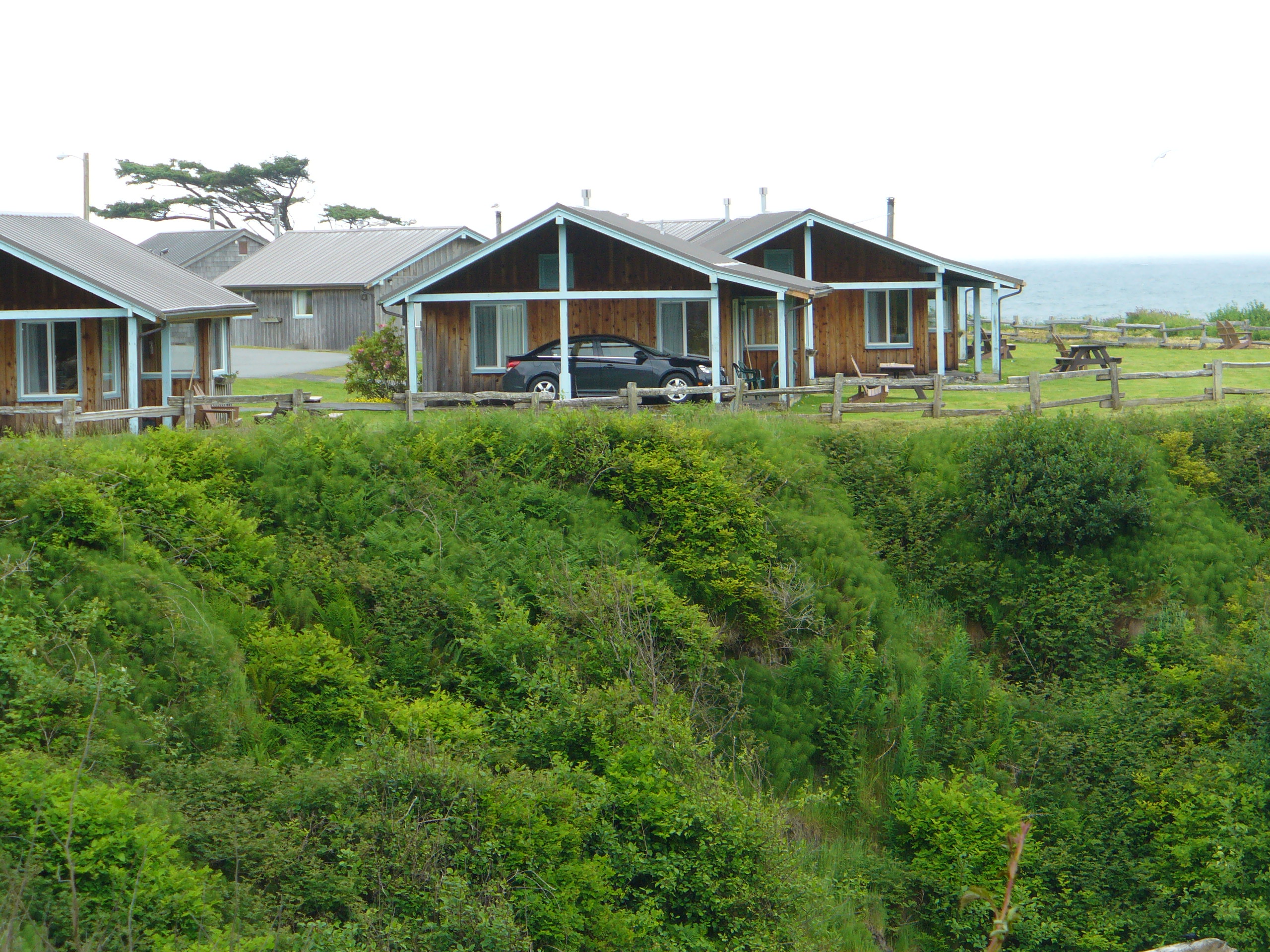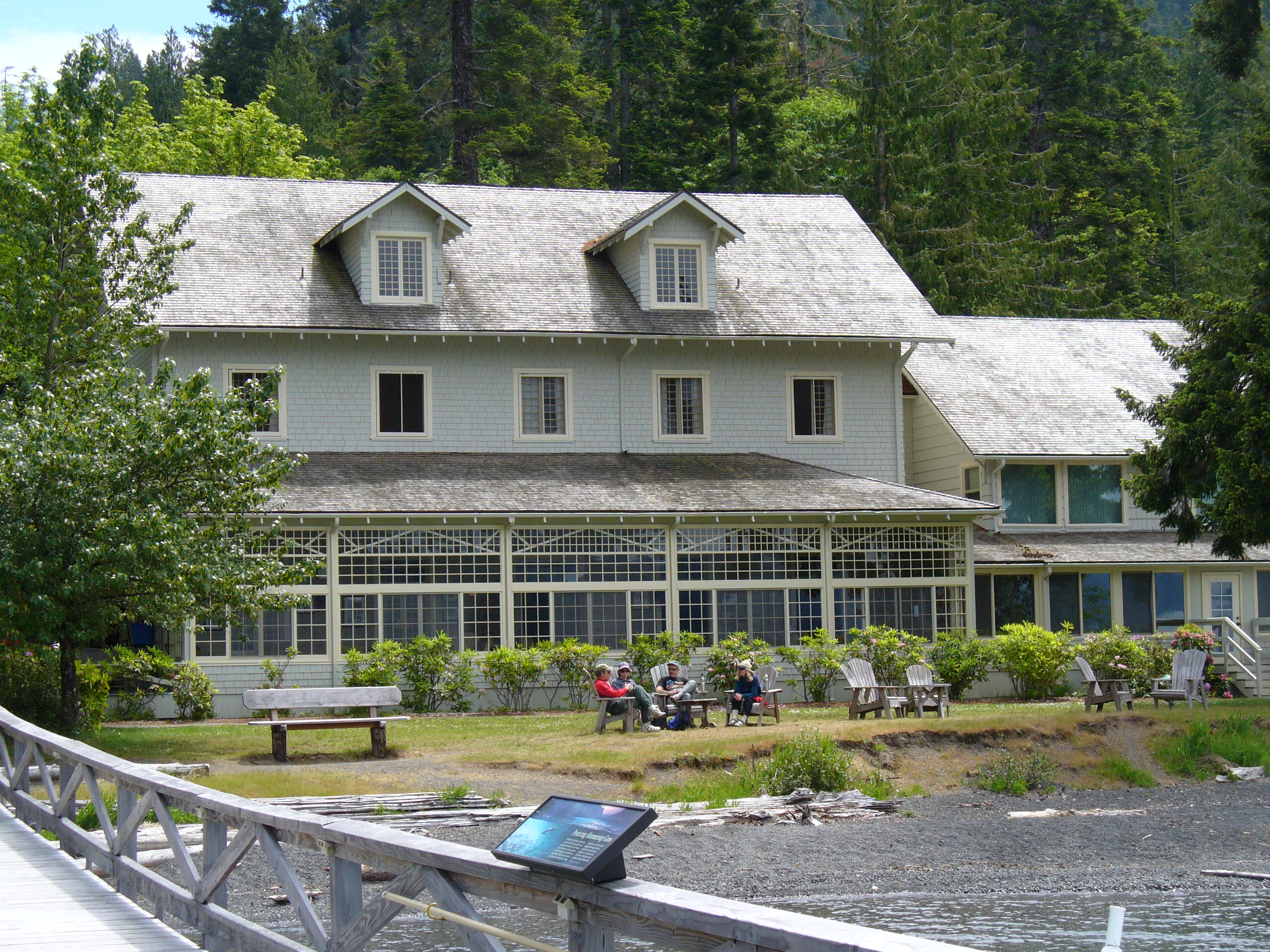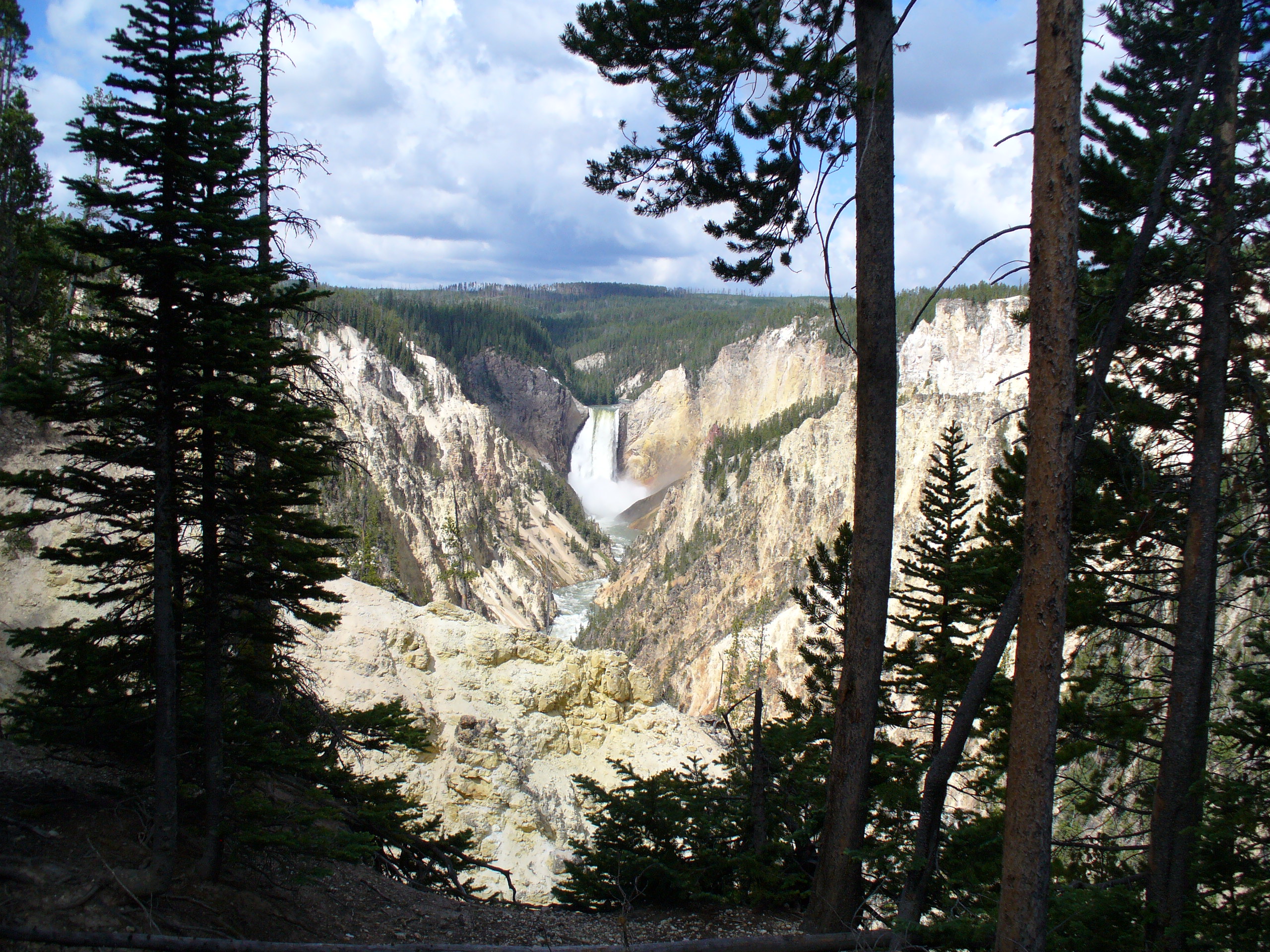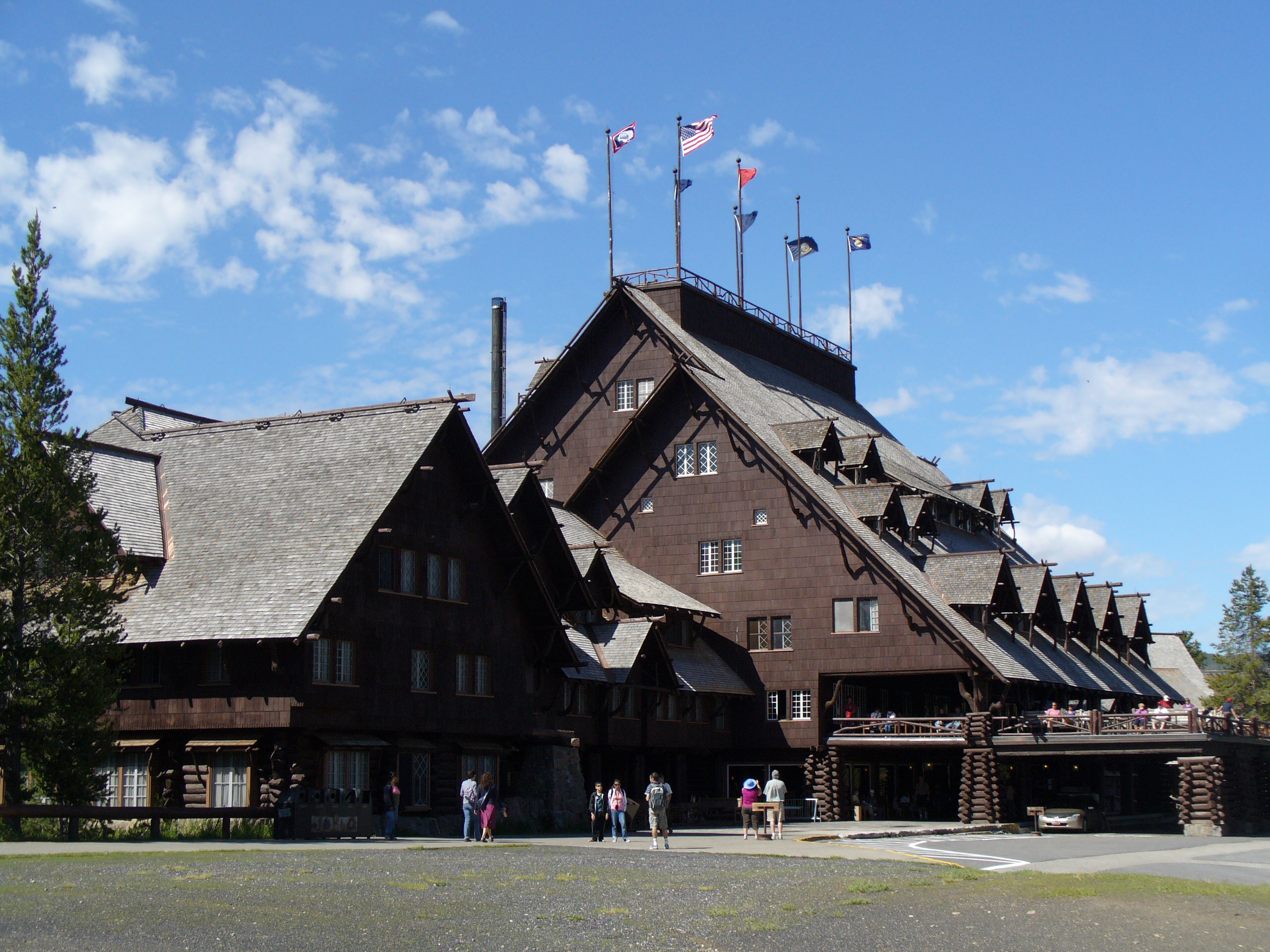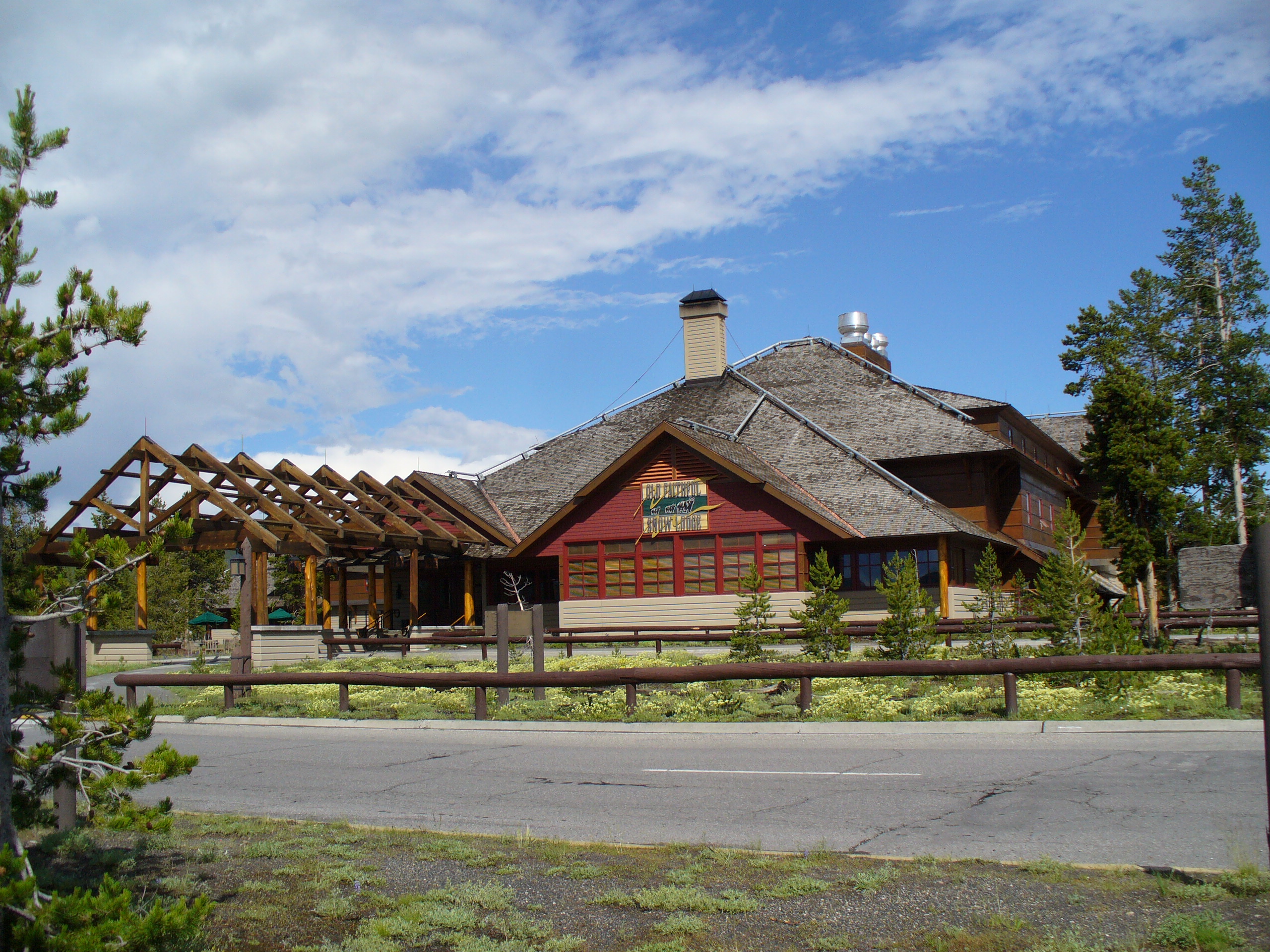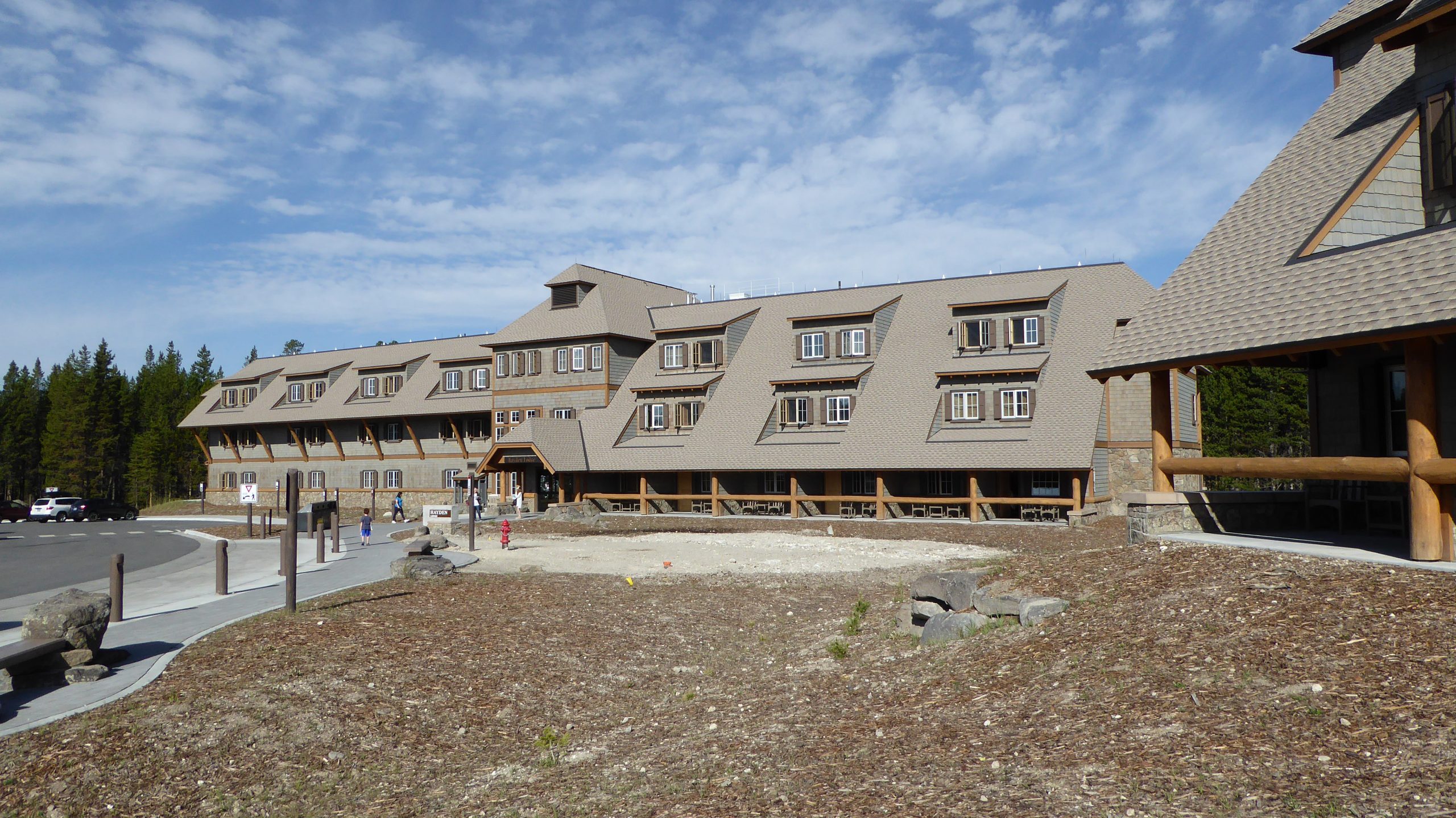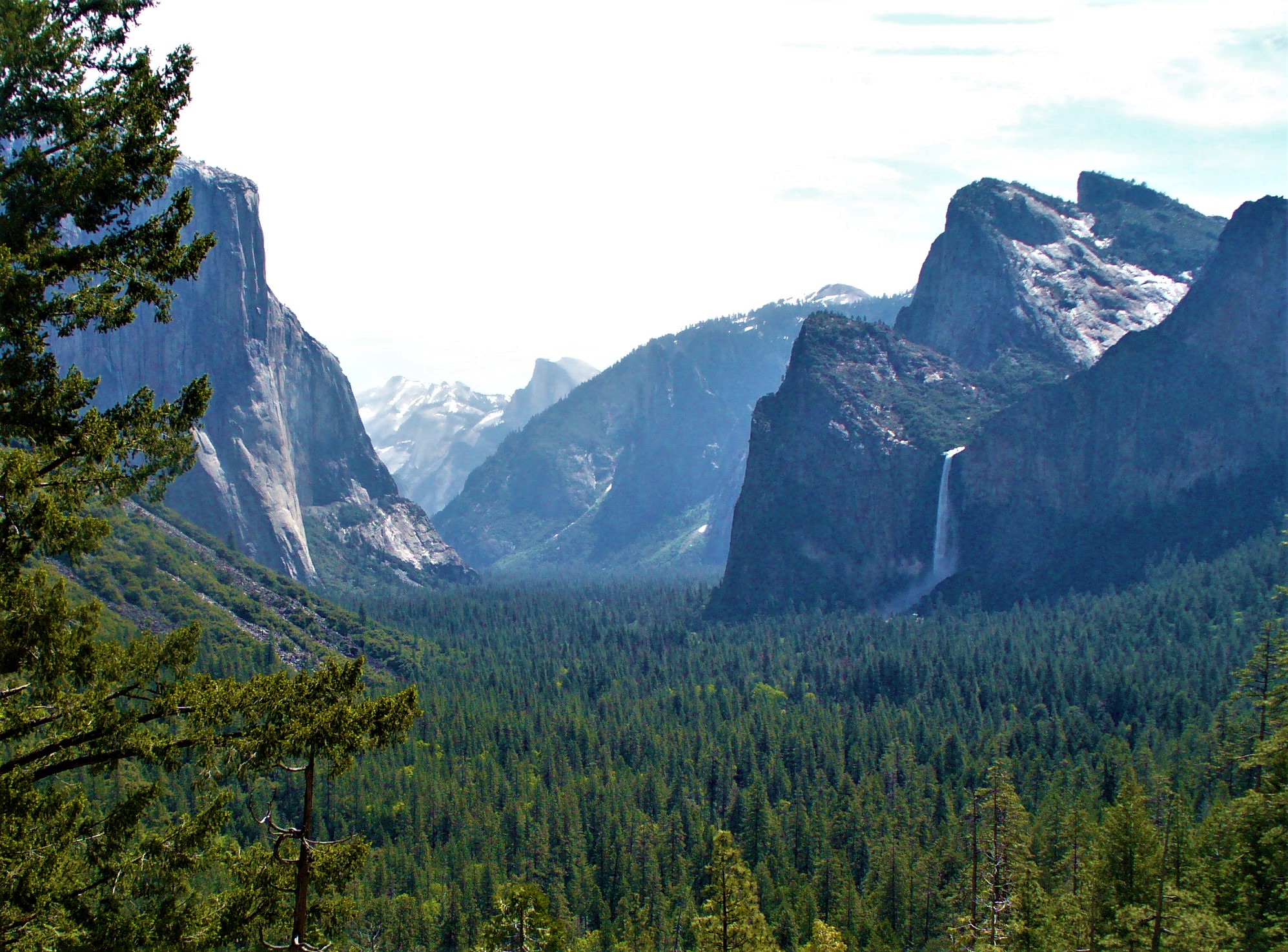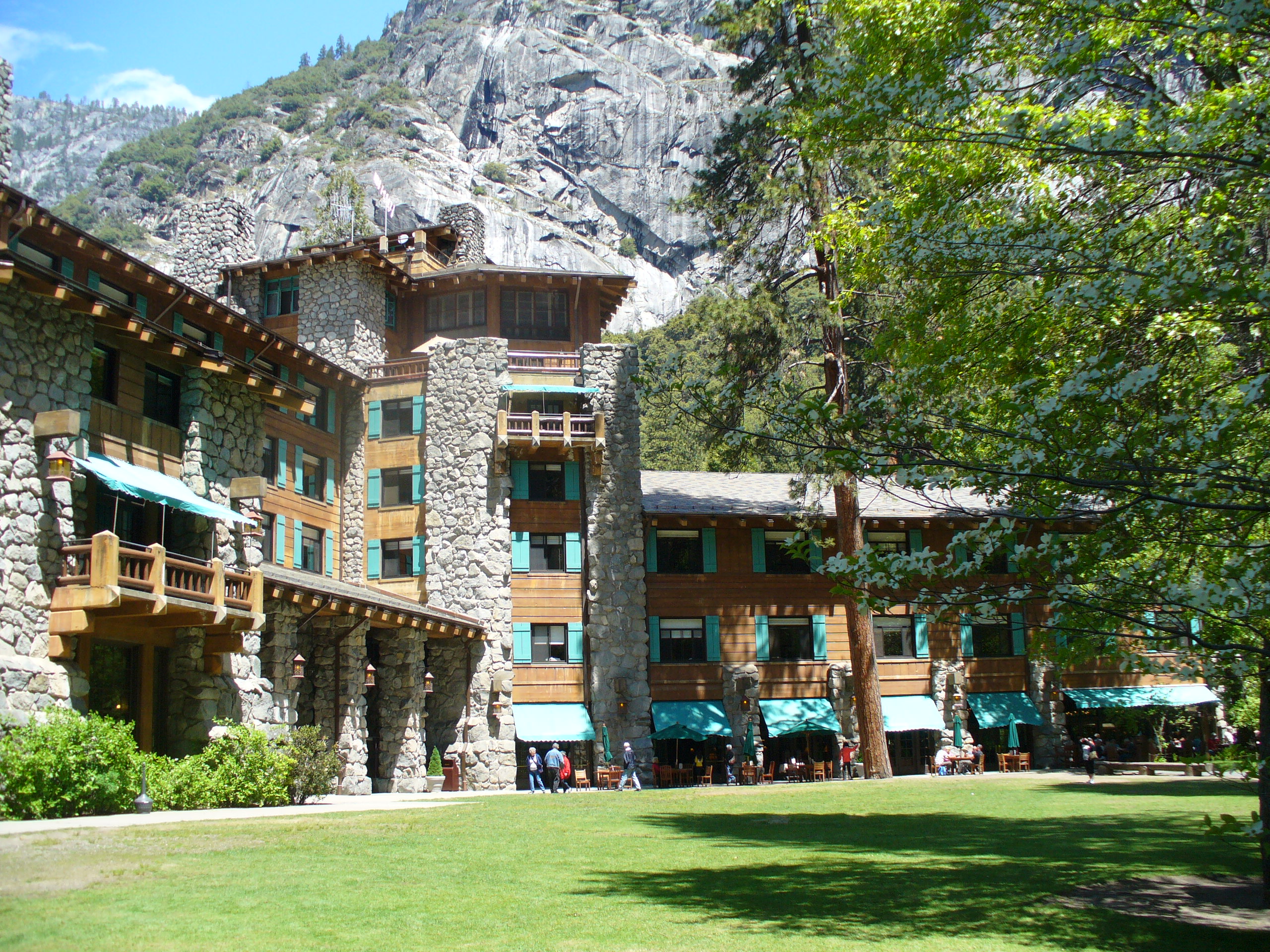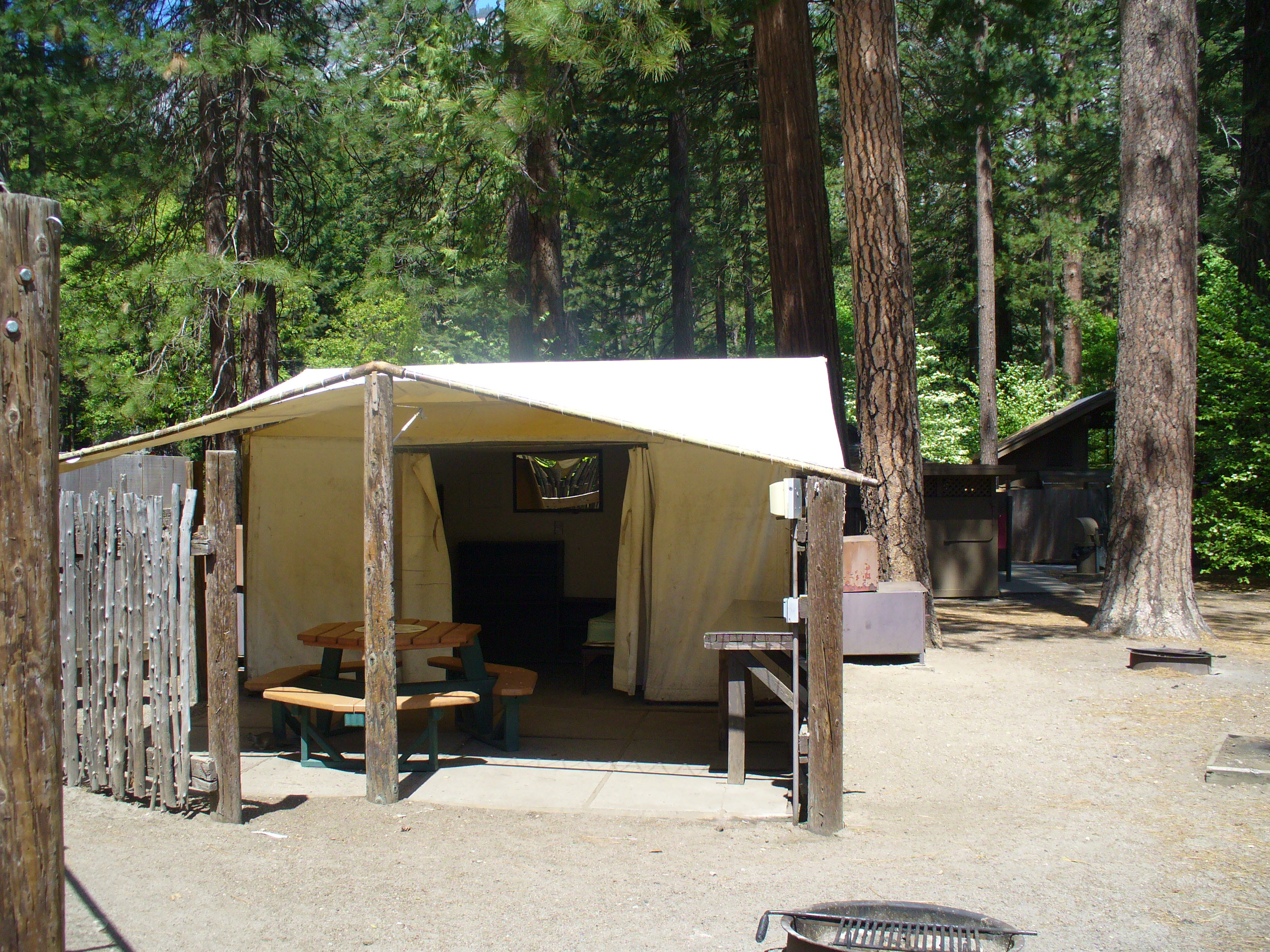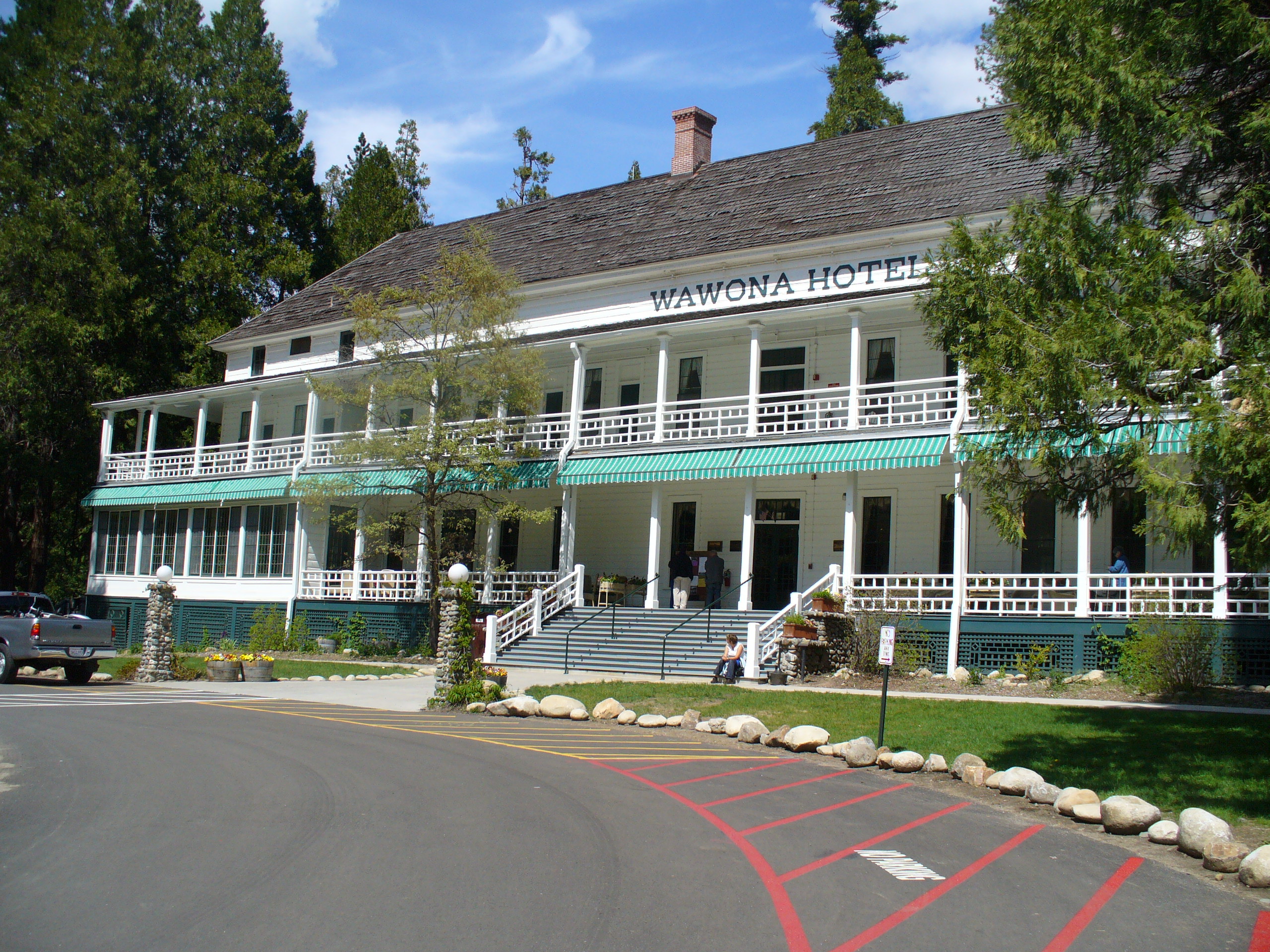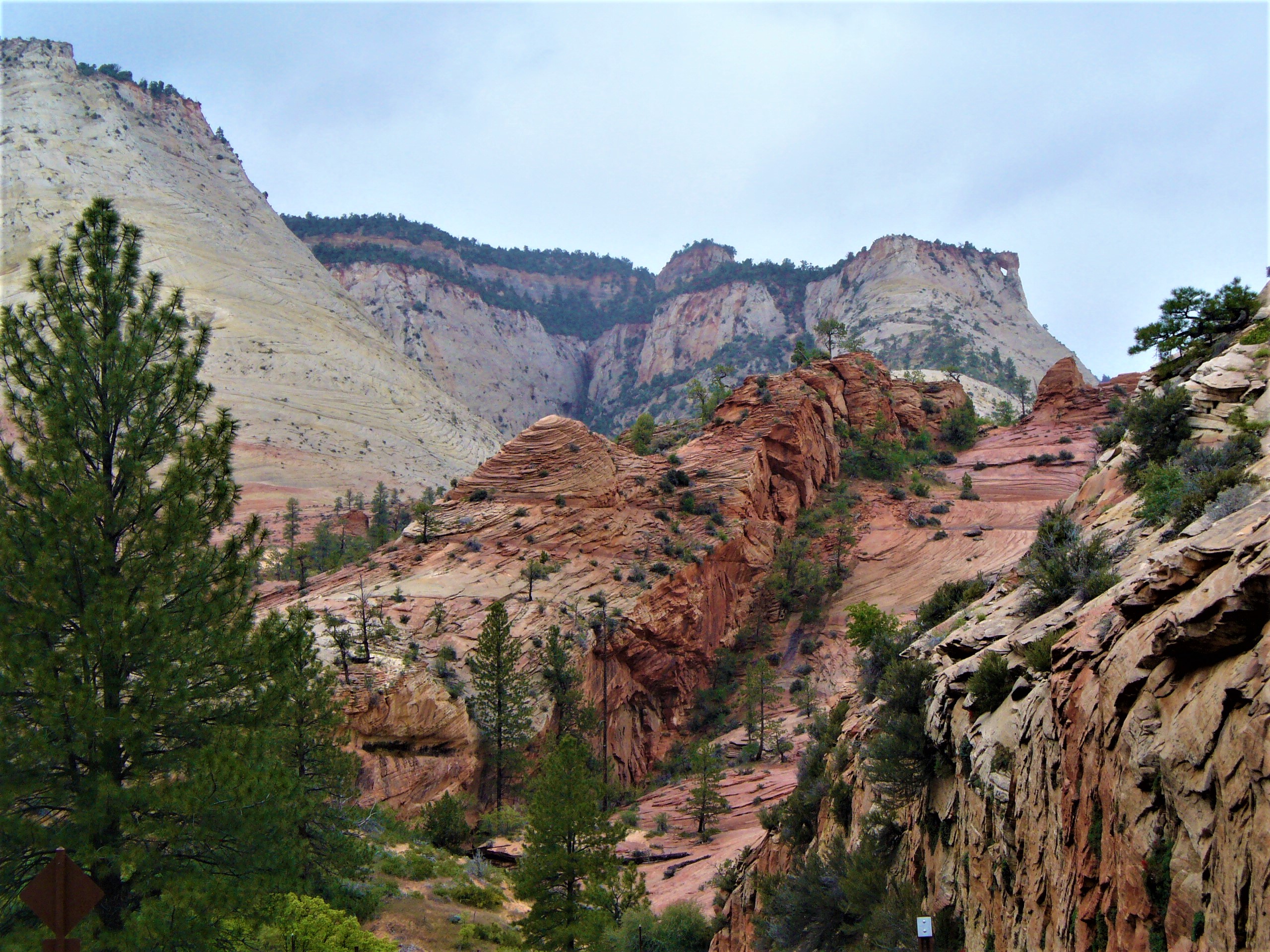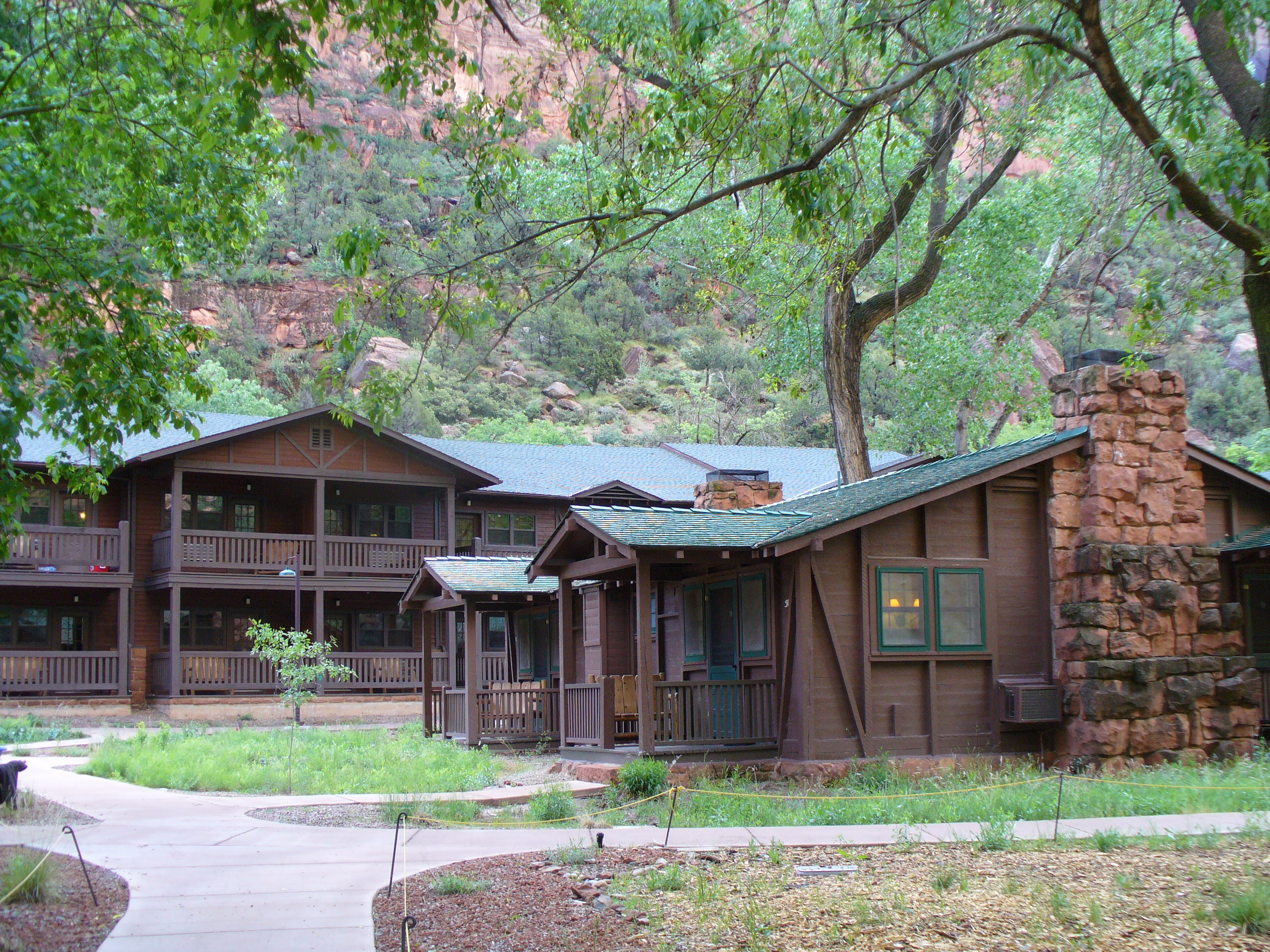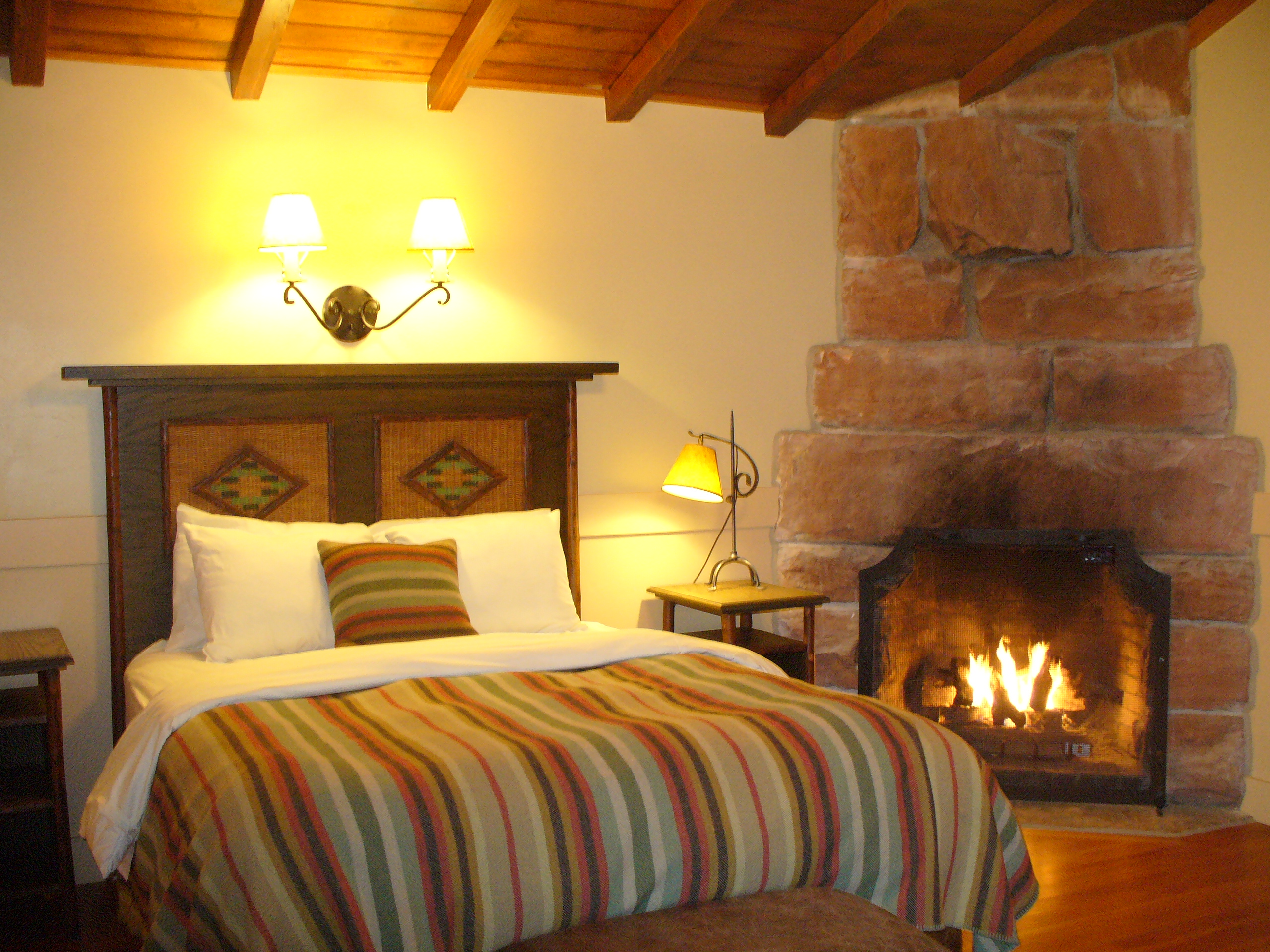An introduction to our country’s natural and historic wonders
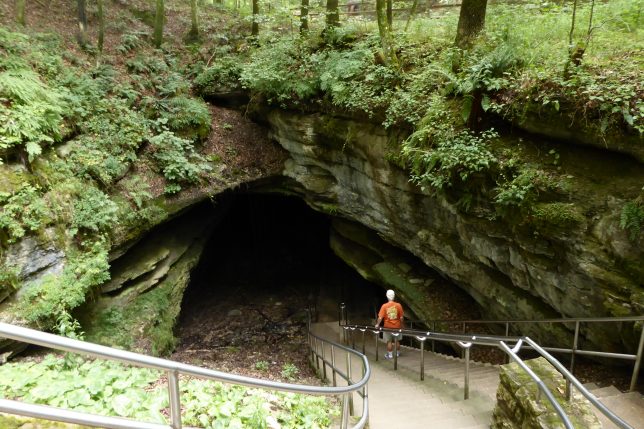
Four hundred and twenty-four units administered by the National Park Service are scattered throughout the United States. Sixty-three of these units are officially designated national parks while others are authorized as national monuments, national seashores, national historic sites, national lakeshores, national battlefields, national historical parks, national preserves, etc. Regardless of classification, each offers something special that makes a visit worthwhile. We have discovered during our own visits and, in many instances, revisits, there is always something new to learn and see no matter how small a park and how many times you have visited.
An Overview of America’s National Parks
In general, national parks including Yellowstone, Yosemite, Rocky Mountain, Glacier, Sequoia, Great Smoky Mountains, Everglades, and Olympic are large, diverse areas offering a variety of natural features and activities. Each of these units is a destination park in which visitors can easily spend several days or a week. National Park Service units designated as other than national parks tend to be somewhat more limited in scope, and often in size. For example, Scotts Bluff National Monument in western Nebraska preserves and interprets an important landmark on the Oregon, California, Mormon and Pony Express Trails. The Lincoln Memorial in Washington D.C. is small in size but quite impressive and one of the National Park Service’s most heavily visited sites.
Don’t overlook these other areas that offer their own unique features and are often less crowded than the better-known parks. Yellowstone, America’s first national park, welcomed slightly over than 4.6 million visitors in 2021. Devils Tower National Monument, our country’s first national monument and one of our own favorite NPS units, is on the opposite side of the same state and welcomes only a little over a tenth as many visitors as Yellowstone.
Fort Laramie National Historic Site in southeast Wyoming has served as a frequent stop during our travels west from our home in South Georgia. Likewise, when driving to or from Yellowstone National Park, we often include visits to Mount Rushmore National Memorial, Badlands National Park, Jewel Cave National Monument, and Wind Cave National Park, all of which are clustered in western South Dakota. Each of these units is administered by the National Park Service and worthy of a visit. Big Bend National Park in southern Texas is in an out-of-the-way location, but the isolation is one the attributes that makes a trip to the park well worth the effort. This large, scenic, and beautiful national park welcomed approximately 580,000 visitors during 2021 and never seems crowded.
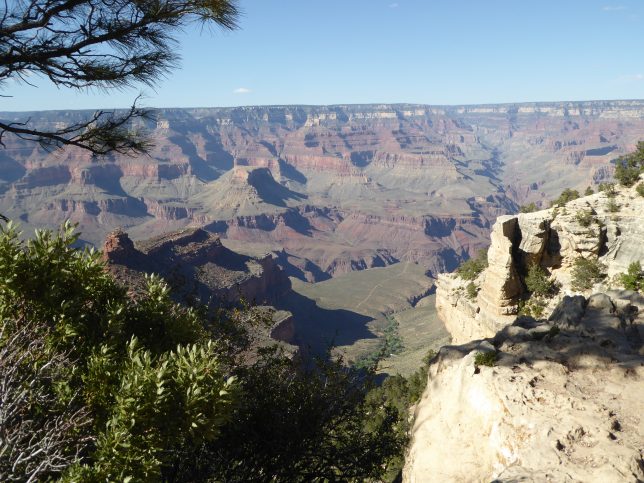
Themes of America’s National Parks
Individuals hear the words “national park” and typcally visualize one of America’s natural wonders such as Yellowstone’s Old Faithful geyser, Glacier’s towering Rocky Mountains, or the barren and sun-baked landscape of Death Valley. The national park system is much larger and more diverse than this.
Many units administered by the National Park Service are centered around historical themes. For example, the homes of former U.S. presidents Hoover, Lincoln, Kennedy, Taft, Truman, Van Buren, Franklin Roosevelt, Theodore Roosevelt, Eisenhower, Lyndon Johnson, and Carter are all managed by the National Park Service. Likewise, many battlefields of the Revolutionary War and Civil War are preserved and managed by the National Park Service. In the Plains and western United States, the National Park Service welcomes visitors to a number of historic forts and trading posts including Fort Davis, Fort Laramie, Fort Scott, Fort Union, Fort Larned, and Bent’s Old Fort. Fort Union Trading Post National Historic Site in western North Dakota offers a living history program that interprets this important fur trading post that operated on the upper Missouri River from 1828 to 1867. Scotts Bluff National Monument interprets an important landmark on the historic Oregon/California/Mormon Trail. The National Park Service manages each of these units and many more. In general, the large, well-known natural areas are in the western United States, while the eastern United States serves as home for many of the smaller units with a historic theme.
Some national park units are administered primarily for recreation. This is particularly true of large urban units such as California’s Golden Gate National Recreation Area and Gateway National Recreation Area, the latter spread over New York and New Jersey. Other units devoted primarily to recreation include Glen Canyon National Recreation Area and Lake Mead National Recreation Area, both of which are located in the West.
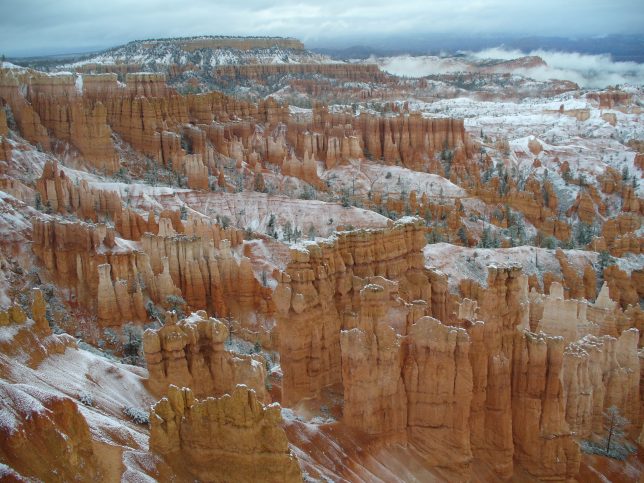
Entrance and Activity Fees
Of 424 national park units, 109 charge an entrance fee, some by the vehicle and others by the person. When visiting several park units over a period of several months consider purchasing an America the Beautiful Pass that permits a year of unlimited visits to all the parks plus other federal lands. The year begins on the date of purchase. Special lifetime passes are available for seniors (62 years and older), active military, and the disabled. Inquire about these passes at any park entrance station or visitor center.
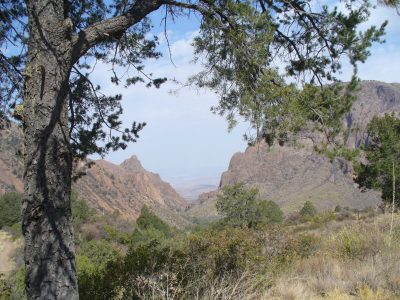
Lodging & Camping
Many units managed by the National Park Service offer lodging facilities, campgrounds, or both. Yellowstone National Park, a large and heavily visited national park boasts nine lodges and 12 campgrounds. Likewise, Yosemite National Park offers seven lodging facilities and 12 campgrounds. Devils Tower National Monument provides no overnight lodging accommodations but is home to one of our favorite campgrounds. Other areas managed by the National Park Service offer neither camping or lodging. Andersonville National Historic Site, an infamous Civil War prison and P.O.W. museum, is an interesting yet somber place to visit in Georgia. Neither lodging or camping is available at the site, although both can be found a short distance outside the park. Likewise, Jimmy Carter National Historic Site in nearby Plains, Georgia, does not offer lodging or camping. In general, units designated national parks nearly always have campgrounds and often offer lodging while units with a historical theme do not.
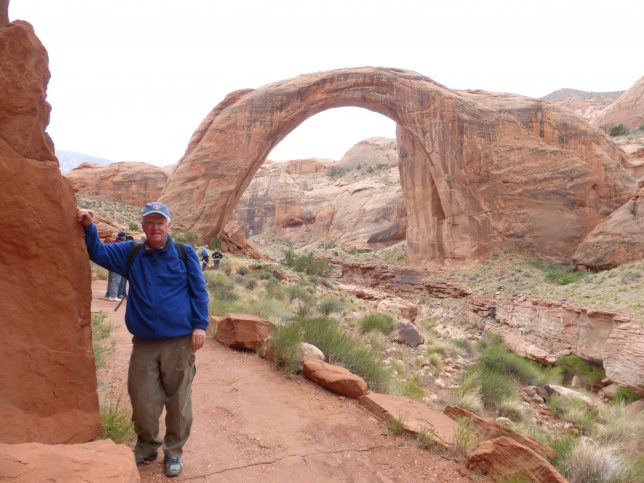
When You Arrive at a Park
A park brochure or newspaper is generally available at entrance stations where fees are collected. Entrance station rangers will also be able to provide information about scheduled activities and campground availability. If the park does not collect an entrance fee or have an entrance station, the first order of business should be to locate the visitor center where information on guided walks, trails, museums, and activities is available. In fact, this should be your first stop even if you have picked up a brochure at the entrance station. Most visitor centers offer exhibits and audio-visual presentations that provide an overview of the park’s history. These offer an excellent opportunity for gaining an overview of what to see and do during a visit. Check the activity schedule or talk to a ranger and determine if presentations or guided walks are scheduled during your visit. These are nearly always worthwhile, so take advantage of them.
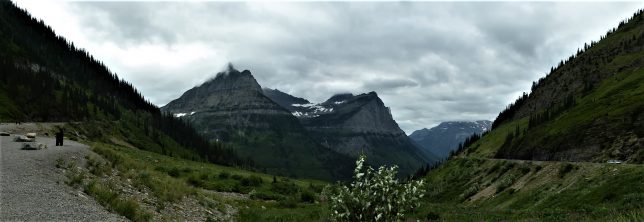
Some of Our Favorites
Everyone who has spent time traveling to and through America’s national parks has his or her favorites. These are subjective and even experienced travelers often disagree about which parks that should appear on such a list. In fact, the two of us don’t always agree. One of us chooses Glacier National Park as the favorite while the other selects Yellowstone. A good friend believes Yellowstone is overrated and Zion National Park underrated.
Central and southern Utah, along with northern Arizona are a particularly attractive region to visit because of the close proximity of so many units of the National Park Service. Arches National Park, Canyonlands National Park, Capitol Reef National Park, Zion National Park, Bryce Canyon National Park, Glen Canyon National Recreation Area, Natural Bridges National Monument, and, of course, Grand Canyon National Park offer some of the most spectacular landscapes found anywhere in the United States. Nearby are Colorado National Monument just outside Grand Junction, Colorado, and the North Rim of the Grand Canyon in northern Arizona. Even if you have visited the South Rim of the Grand Canyon, take time to enjoy an entirely different experience at the North Rim. Fall and spring tend to be the best seasons to visit southern Utah that often experiences high summer temperatures.

